Wine lovers the world over agree that fine wine and cheese are made for each other. Two of life's greatest culinary pleasures, delicious alone, are transformative together, creating sublime flavors far greater than the sum of their parts. The wine and cheese pairing possibilities are endless: a beautiful fresh goat cheese, tart and tangy, paired with a Sauvignon Blanc de Touraine; a gamey Pecorino Toscano with a Chianti Classico; Epoisses and Chambertin (alleged to be a favorite of Napoleon).
But what makes wine and cheese so compatible in the first place? And if you're a wine and cheese pairing newbie, how on earth do you develop a strategy for getting the right match?
A Rough Guide to Wine and Cheese Pairing
Wouldn't it be great if you could just fling any old wine and cheese together to create something magical? The truth is that wine and cheese pairing has its own set of rules, but remember that pairing should be fun so focus on combinations you sincerely enjoy. The great news is that in this instance a little bit of knowledge can take you a long way.
Let's Begin With Science
Why do wine and cheese love each other so? Foods that sit on the opposite ends of the taste spectrum often come together to create a pleasant taste sensation, and with wine and cheese it all boils down to the opposing forces of texture, acidity, fat and tannins.
Essentially, the astringency of the wine (which causes your mouth to pucker) cuts through the fattiness of the cheese (which creates a slippery sensation in your mouth) to create a naturally balanced mouthfeel. Scientists also discovered that repeated exposure to the astringent wine—such as when you’re sipping a glass or two over dinner rather than glugging it down in one—strengthens the effect. It works as a palate cleanser.

A study published in the Journal of Food Science showed that cheese also influences the dominant taste of a particular wine. Pairing Epoisses with Sancerre draws out pronounced citrus notes. Roquefort emphasizes the red fruit in a Bourgogne. Interestingly, researchers also found that the effect of eating cheese with wine is cumulative. Rather than becoming overwhelmed, the palate becomes more sensitive, which is great news if you’re someone who likes to save their best wines for last.
(Feel free to share that tidbit with your friends over your next cheeseboard, they're bound to be impressed.)
Consider Age and Intensity
Young cheeses tend to be light and delicate. As they age (a process called affinage) moisture evaporates and is replaced by fat and protein. It’s the reason that older cheeses are usually richer, more savory, and have greater depth of flavor. Storage and mold further influences these qualities.
Wines also vary greatly, from delicate to bold and typically develop greater complexity as they age. A young wine may be fresh and bursting with bright fruit, flower, citrus or herb flavors. Older wines may be more nuanced, taking on secondary notes like toast, oak, metals, umami, etc.
As a result, you might want to pair a young cheese with a younger wine; something crisp, a sparkling wine, a fresh and fruity number. An older cheese? You need something suitably in-your-face, a wine with plenty of body, intensity and structure.

What Grows Together…
The yin and yang principle behind wine and cheese pairing takes us so far, but why does one wine sometimes work best with a certain cheese?
There is a cultural angle. French and Italian wines have been paired with regional cheeses for generations. It makes perfect sense, really, given that those wine and cheese varietals were produced in the same area. French goat cheese from the Loire is delicious with a Loire Sancerre, while Manchego is a dream with Sherry or a Monastrell.
Maybe it’s all a happy accident but the next time you're agonizing over which cheese to pair with an exciting new wine, you can do worse than pairing by terroir. As a technique, it’s not flawless, but it often works.

Classic Wine and Cheese Pairings
1. Fresh Cheese
Mozzarella, Burrata, Chèvre (goat cheese), Feta, Ricotta, Mascarpone, Stracchino, Boursin, very young Selles sur Cher
Classic pairings:
- Mozzarella di Bufala and Greco di Tufo
- Chèvre and Sauvignon Blanc de Loire
2. Bloomy Cheese
Brie, Camembert, Robiola, Chaource, Coeur du Neufchatel (both cow), Crottin de Chavignol
Classic pairings:
- Crottin de Chavignol and Sancerre (Sauvignon Blanc)
- Chaource and Champagne
3. Washed Rind Cheese
Fontina, Epoisses, Reblochon, Taleggio, Langres, Chaume, Livarot, Munster, Vacherin de Mont d’Or
Classic pairings:
- Munster and off-dry Gewürztraminer
- Reblochon and Chignin Blanc
- Epoisses and Chambertin

4. Semi-Soft Cheese
Gruyère, Gouda, Havarti, Provolone, Edam, Morbier, Mimolette
Classic pairings:
- Gruyère and Vin Jaune de Savoie
5. Hard Cheese
Cheddar, Double Gloucester, Parmesan, Pecorino, Manchego, Grana Padano, Beaufort, Cantal, Emmenthal, Sbrinz, Comté
Classic pairings:
- Manchego and Amontillado Sherry
- Pecorino Toscano and Chianti Classico
6. Blue Cheese:
Cambozola, Danish Blue, Gorgonzola, Roquefort, Stilton, Fourme d’Ambert, Bleu d’Auvergne, Cabrales
Classic pairings:
- Roquefort and Sauternes or other Botrytized Sweet wine like Late Harvest Chenin
- Gorgonzola Piccante and Vin Santo
- Stilton and Port

...And If You Have to Choose Just One Wine?
If you’re looking for one wine to go with a plate of different cheeses you could try an off-dry Riesling. It’s low alcohol but has the acidity, fruitiness and minerality to suit a broad range of cheese varieties. Alternatively, a sparkling wine, dry or sweet, will step up to the occasion. Anyway, who doesn't want another good reason to crack open another bottle of Champagne?
If there’s a last word to be had on this most fascinating of foodie topics, then perhaps it's this. While science has unraveled a few of the mysteries surrounding the love affair between wine and cheese, and wine aficionados may be prepared to fight to the death about what goes with what, take a deep breath and remember that this is meant to be fun.
Go forth with confidence, let your taste buds be your guide and you'll be making your own exciting wine and cheese discoveries in no time.
Join a BHW Wine Club, grow your wine education and have fun pairing cheese with exciting new wines from around the world.



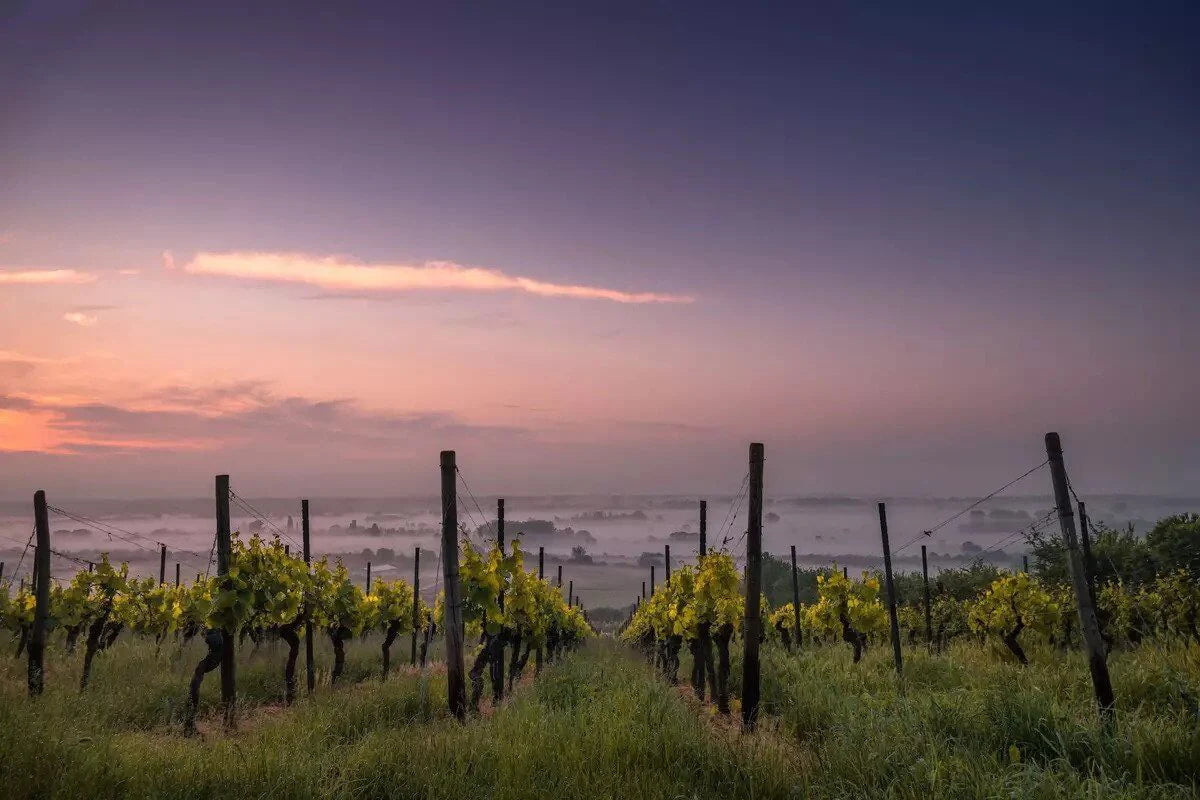
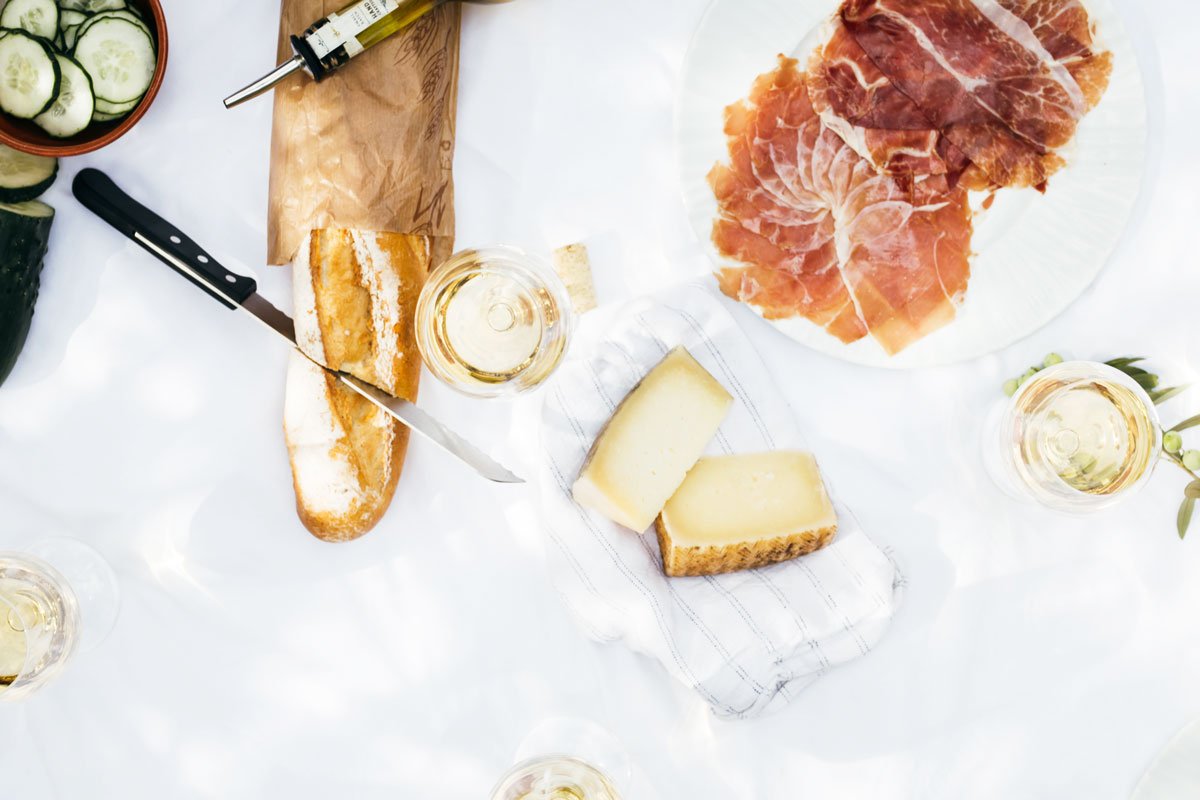

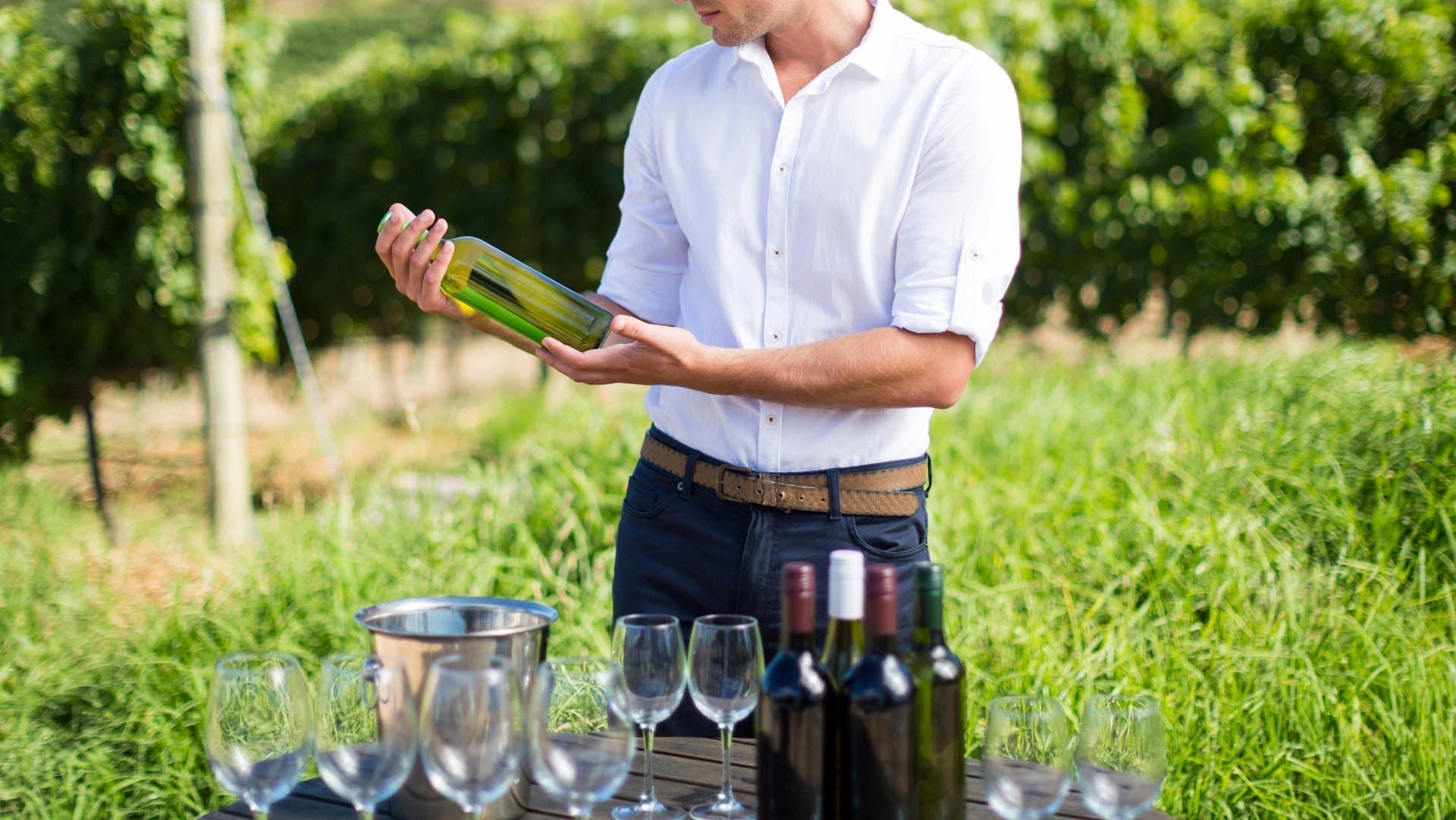
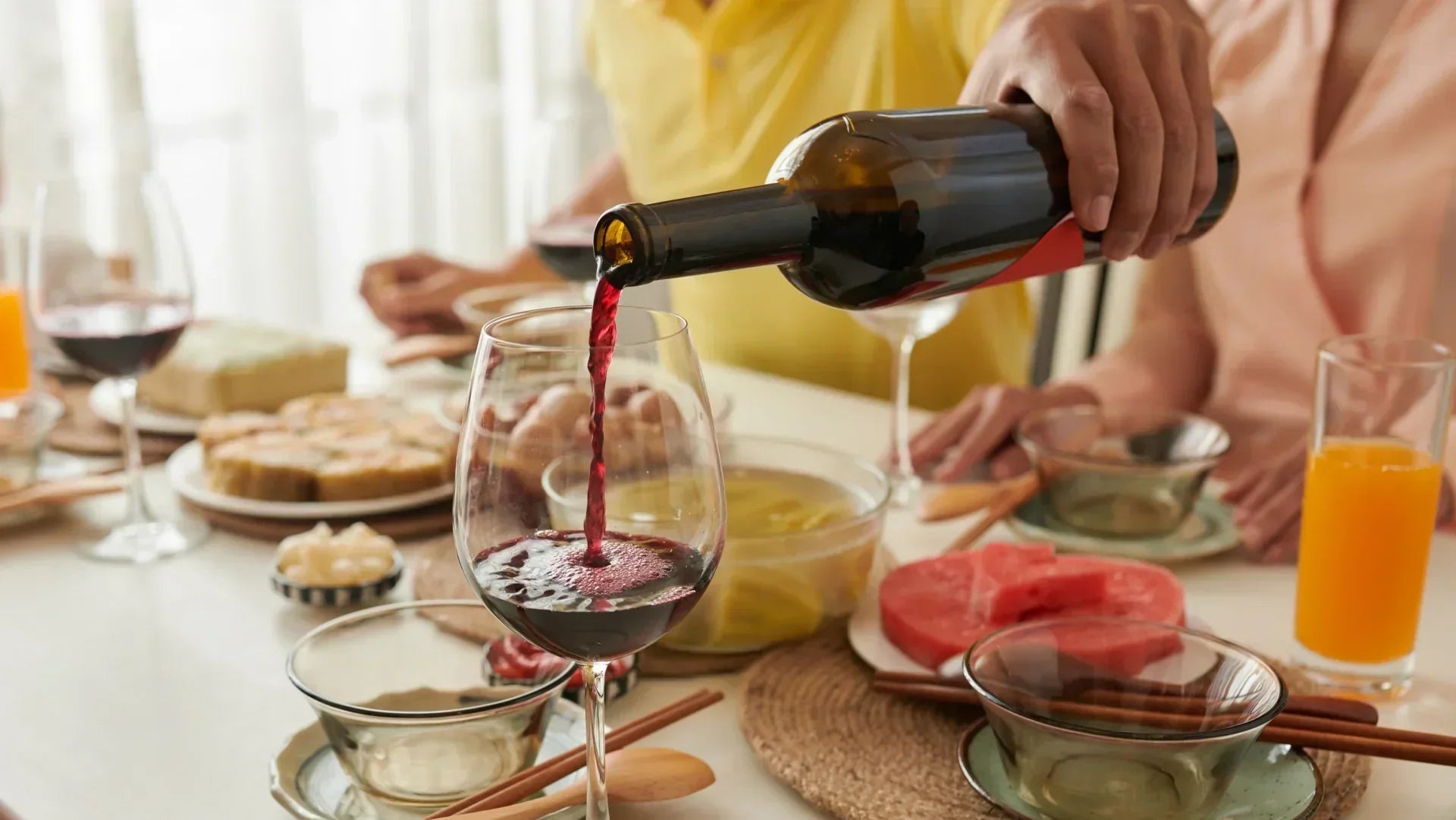



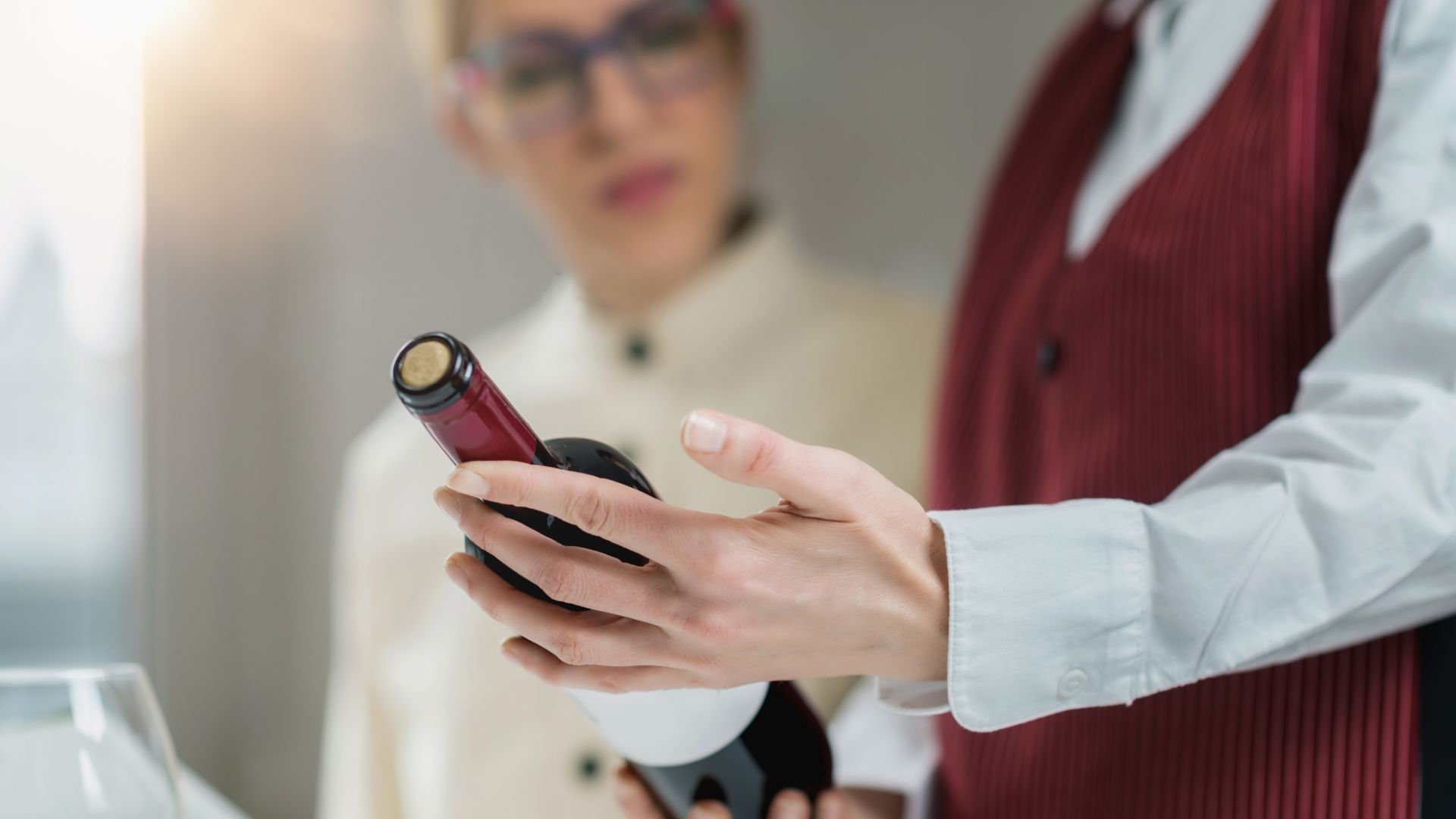
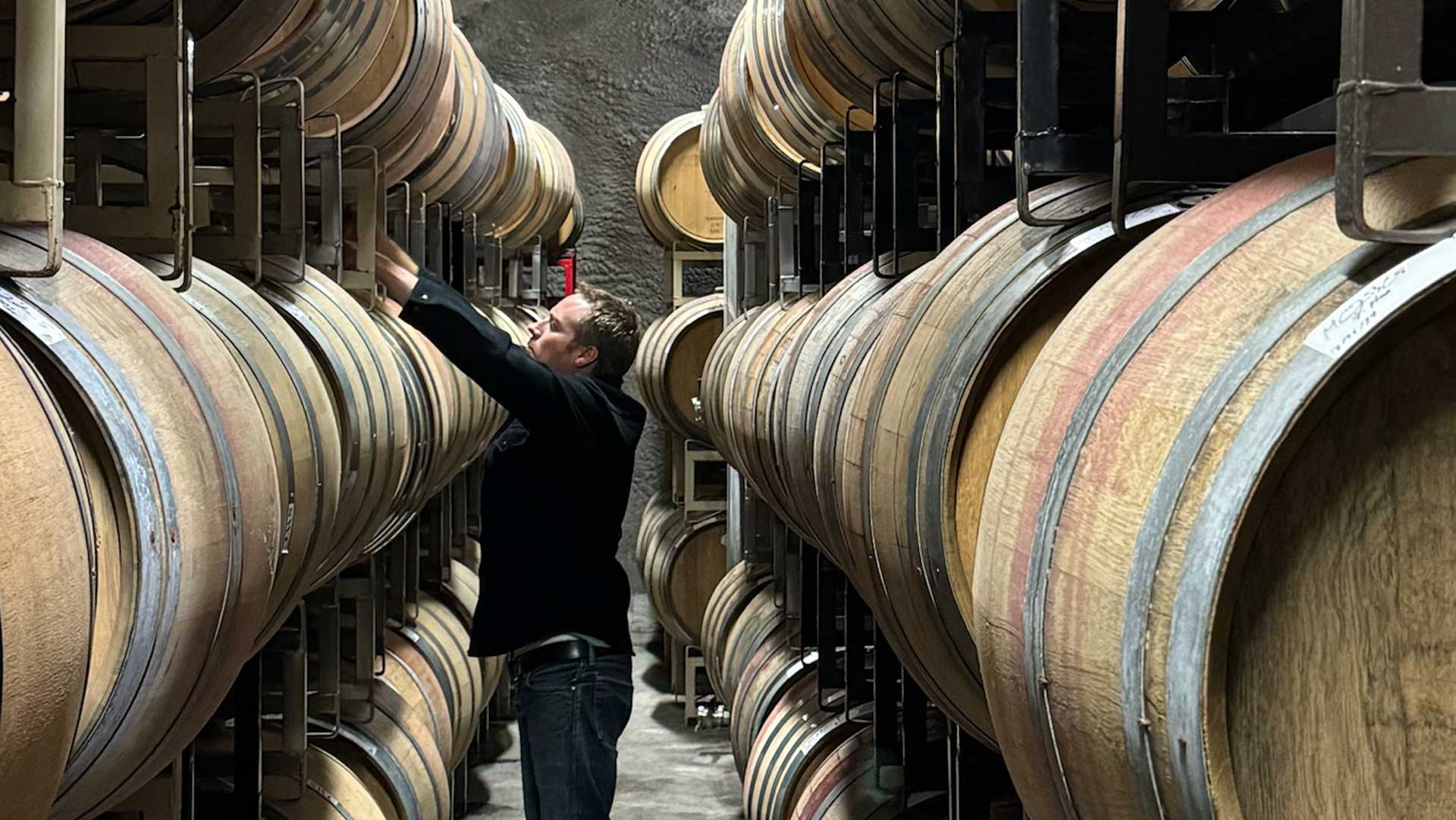
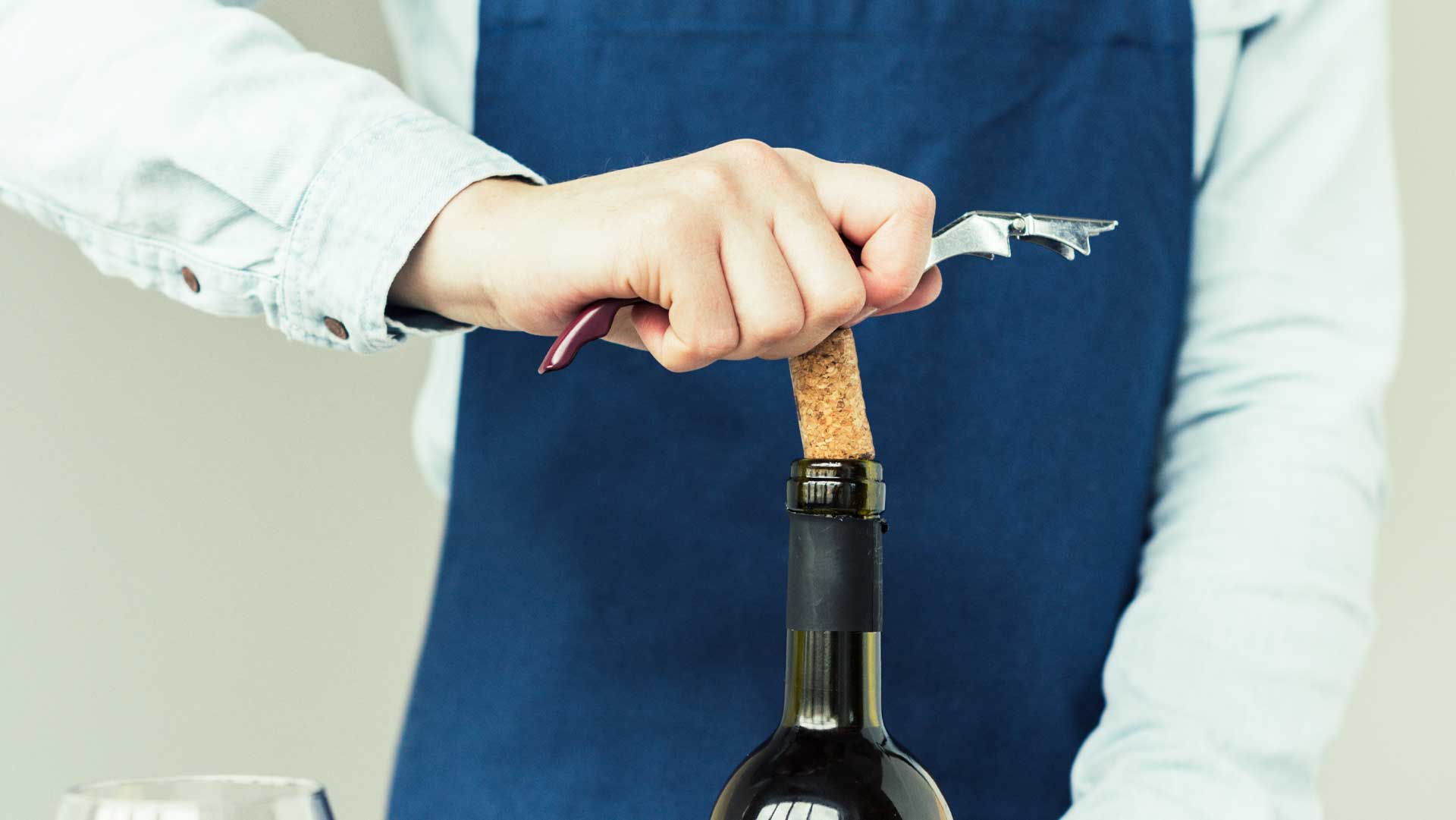



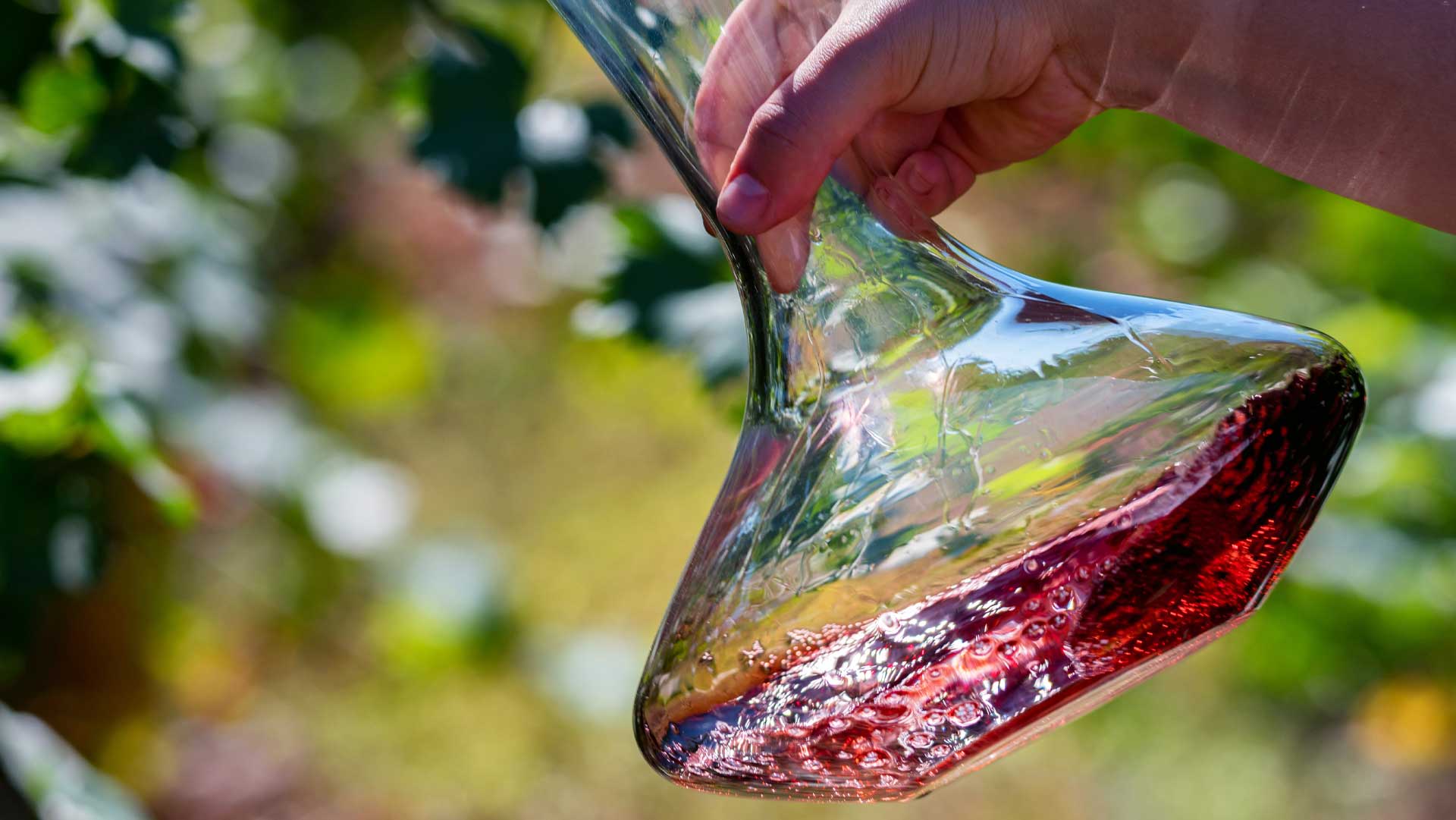





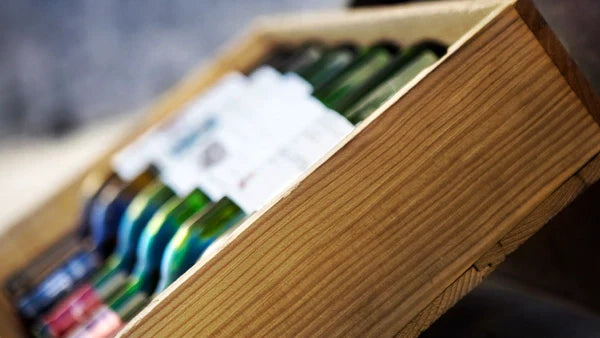
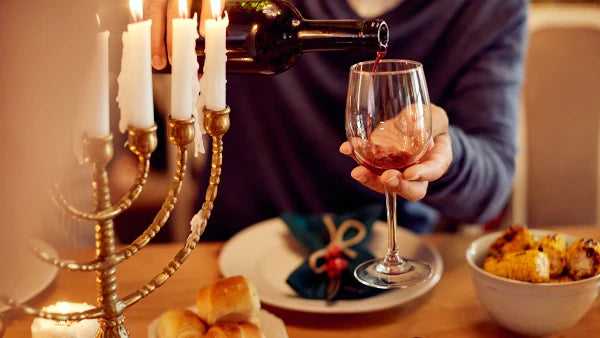
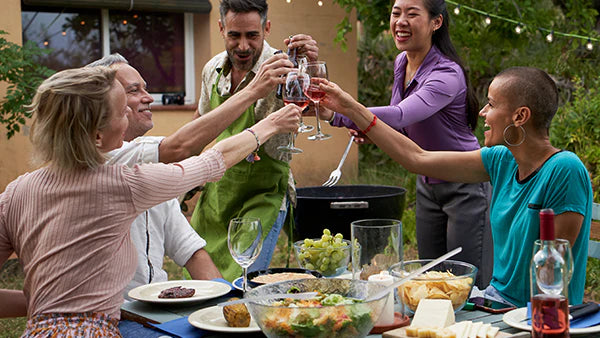



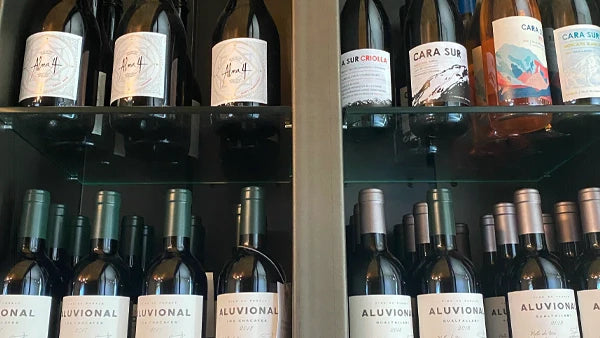



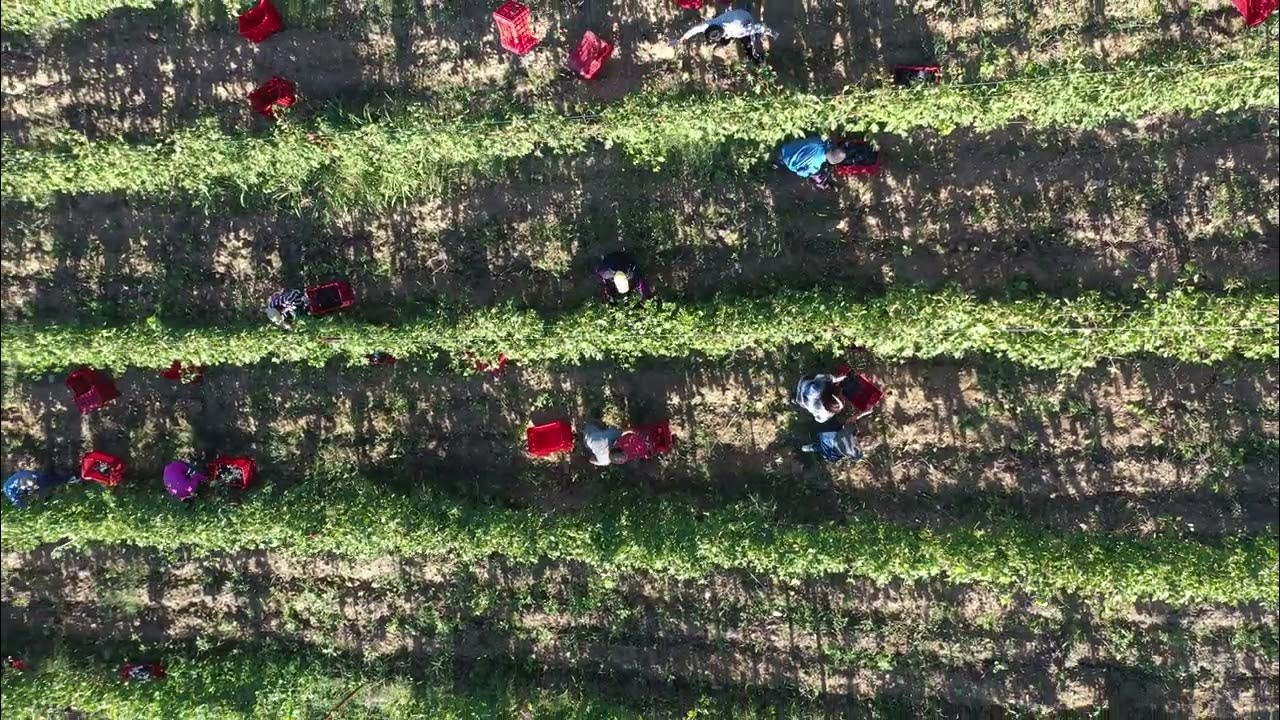



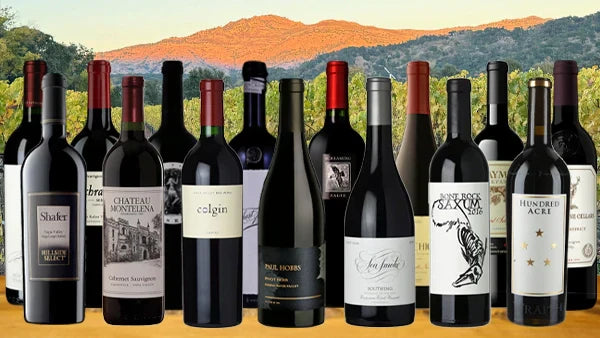
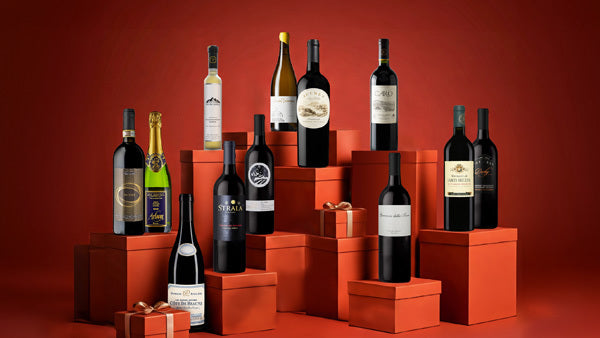






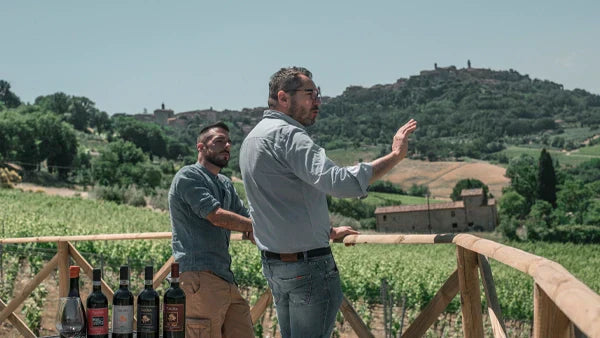

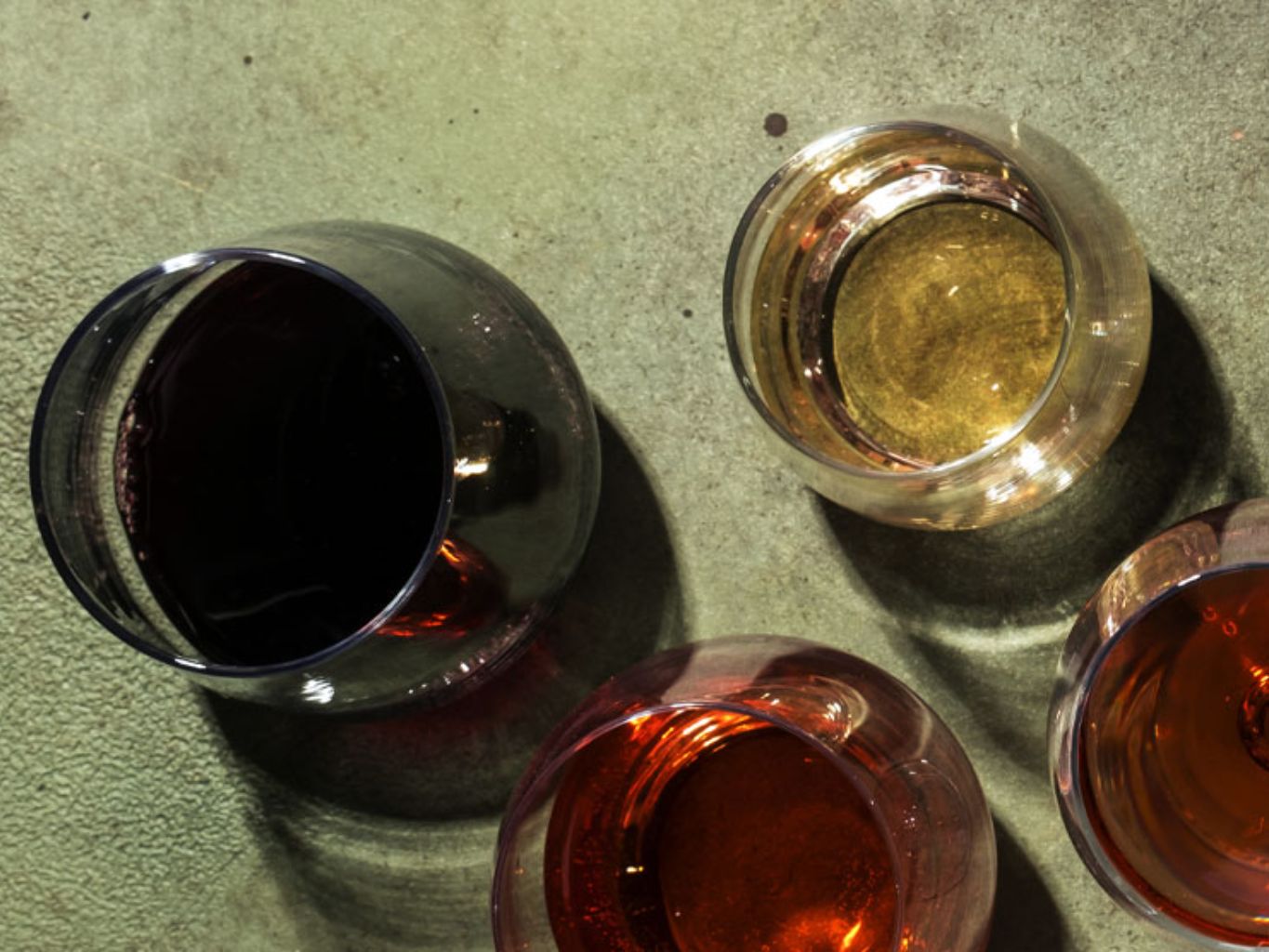


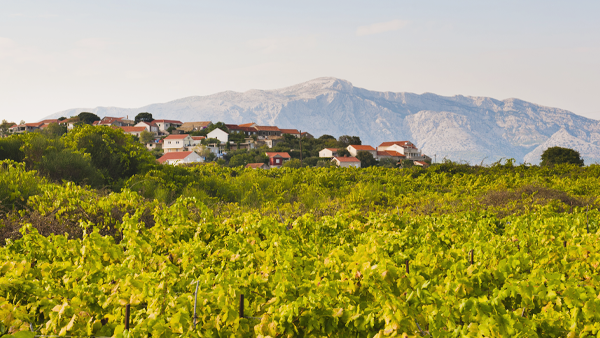
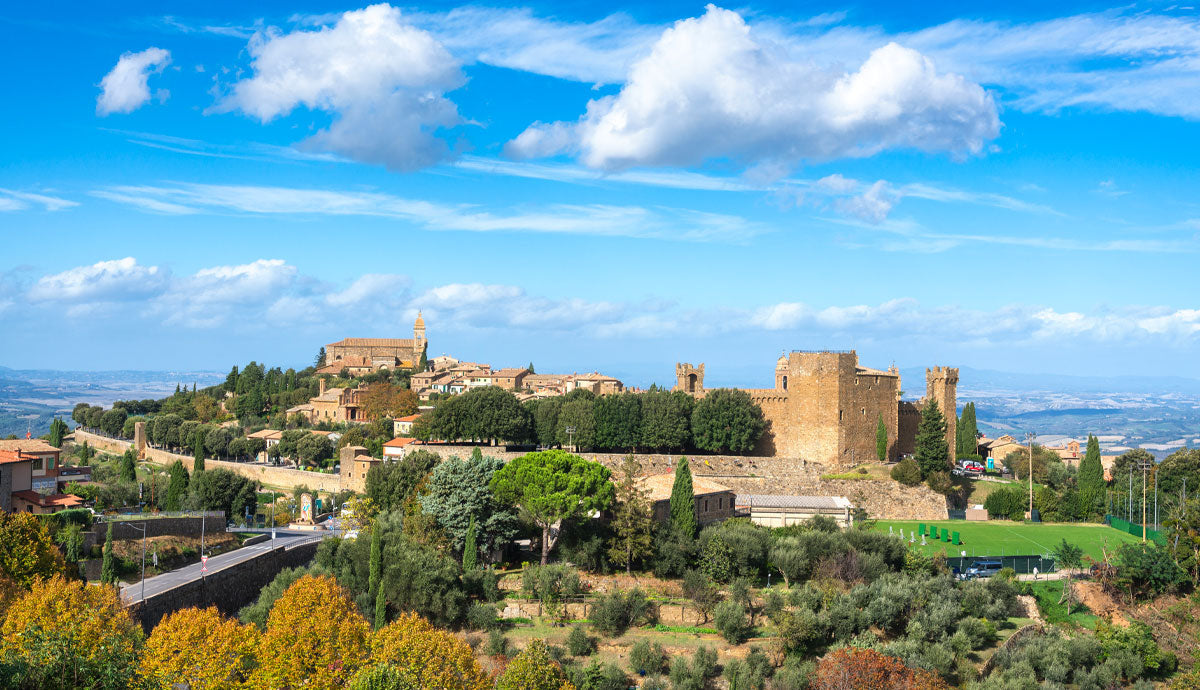

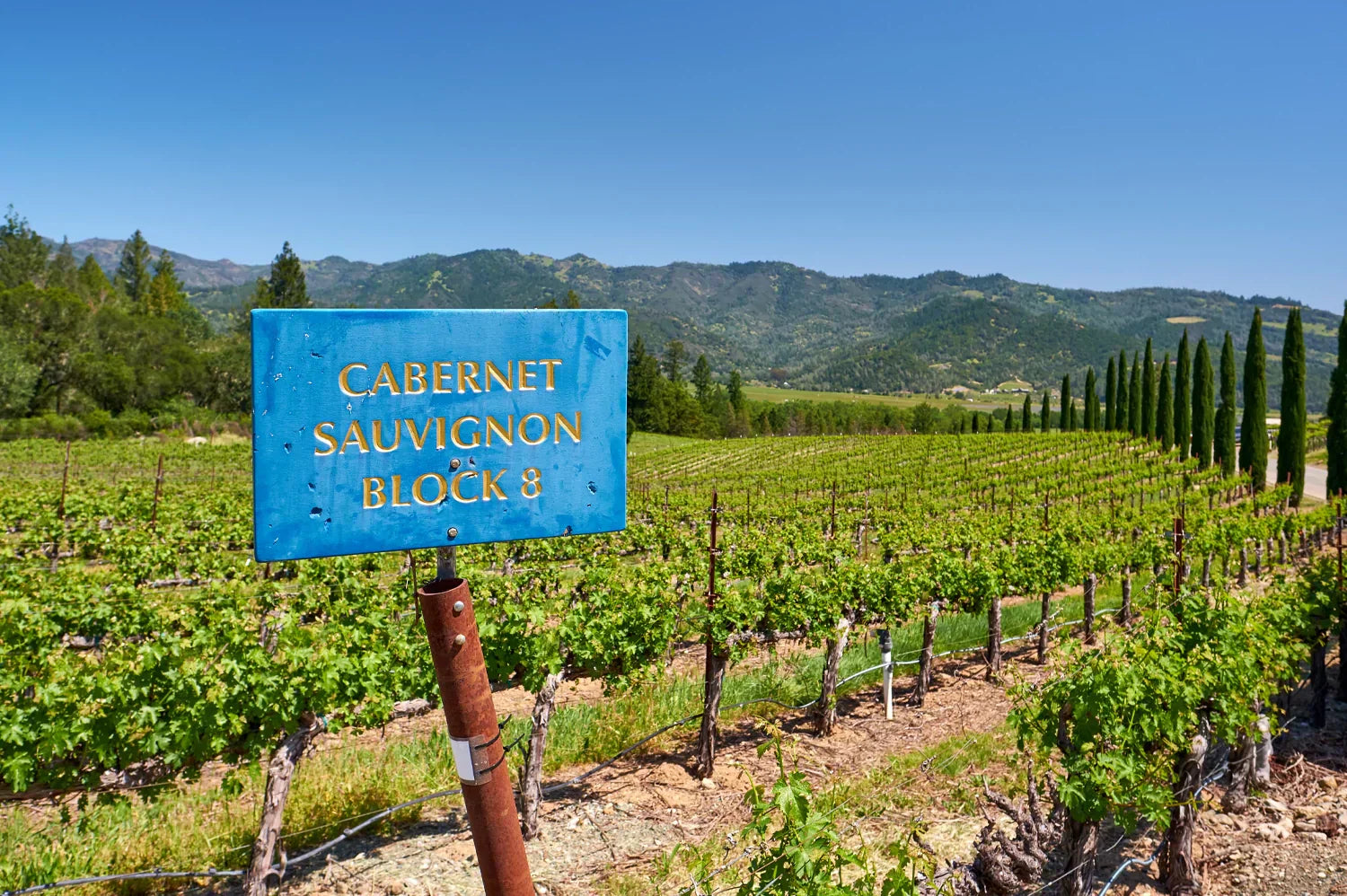
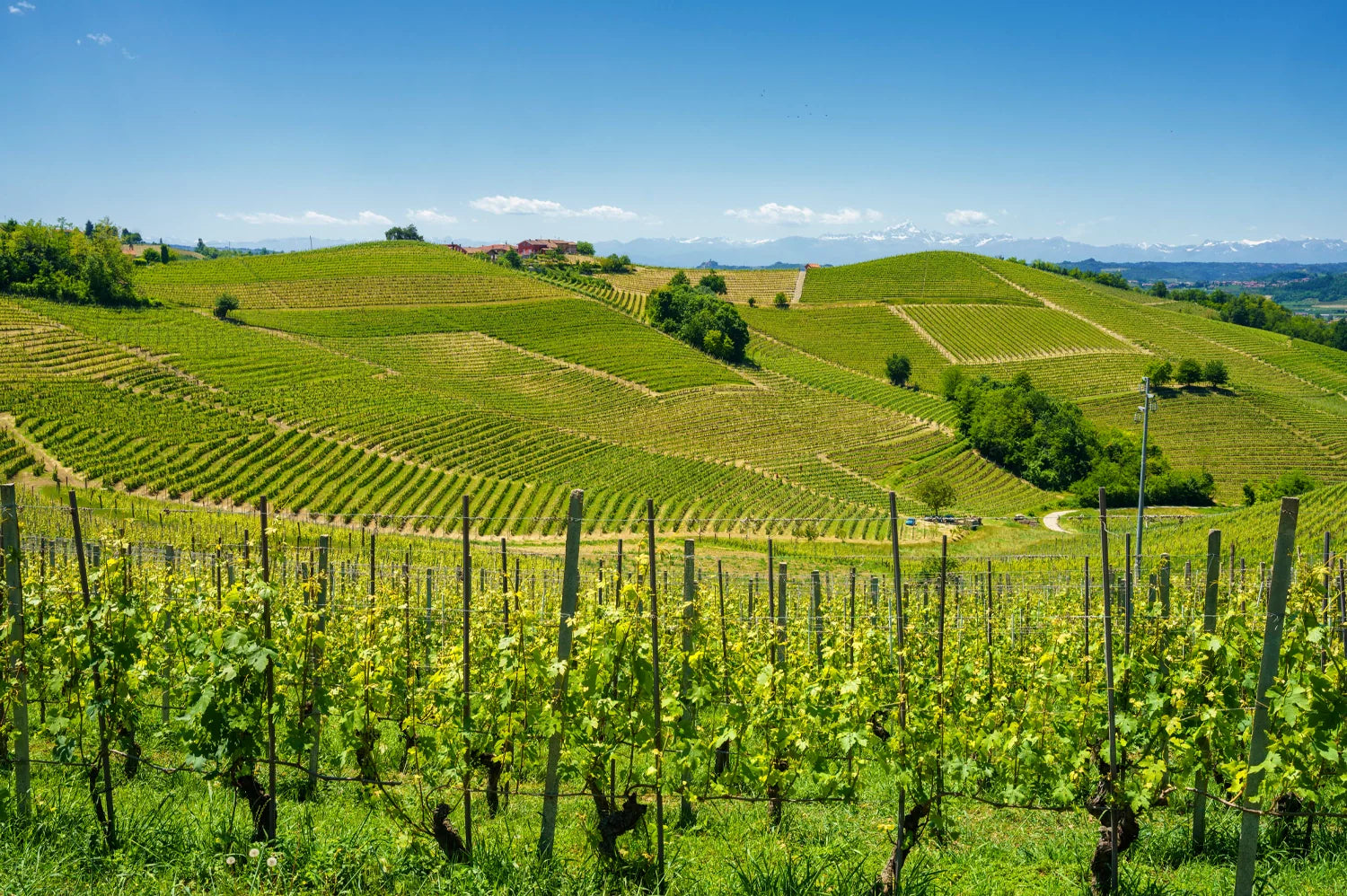
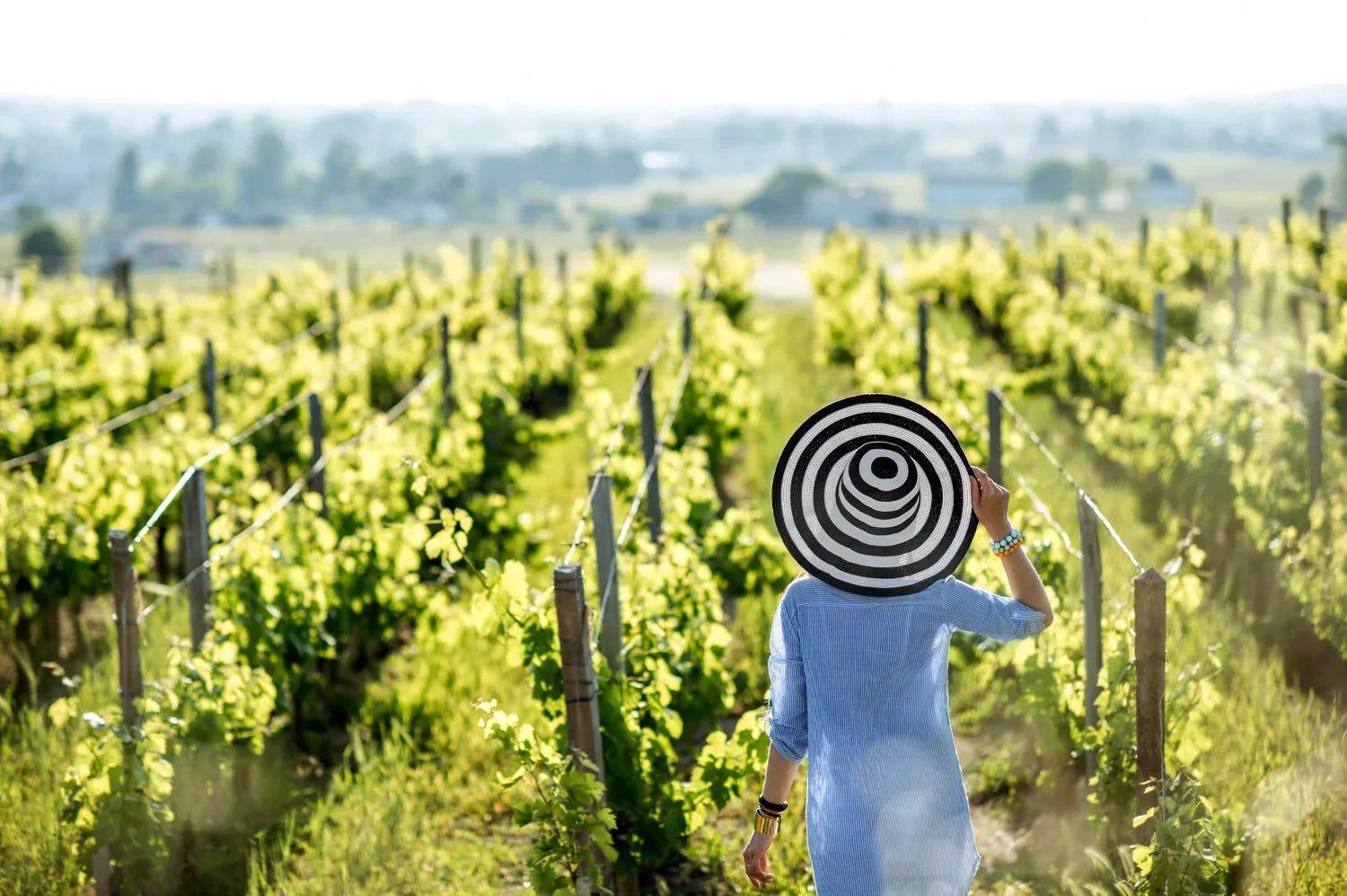
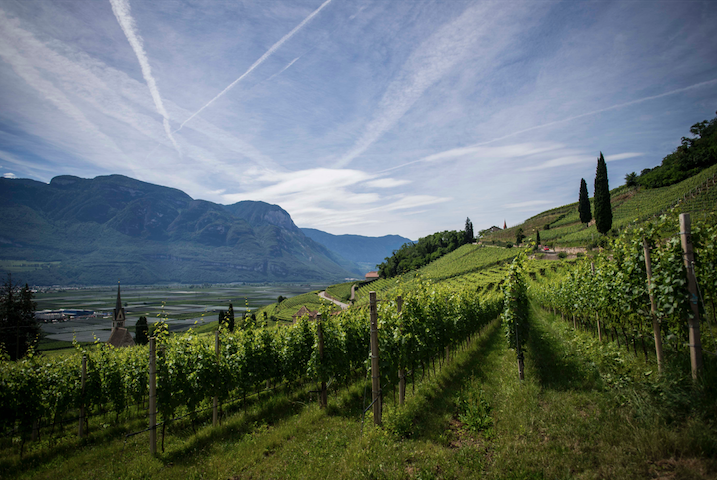
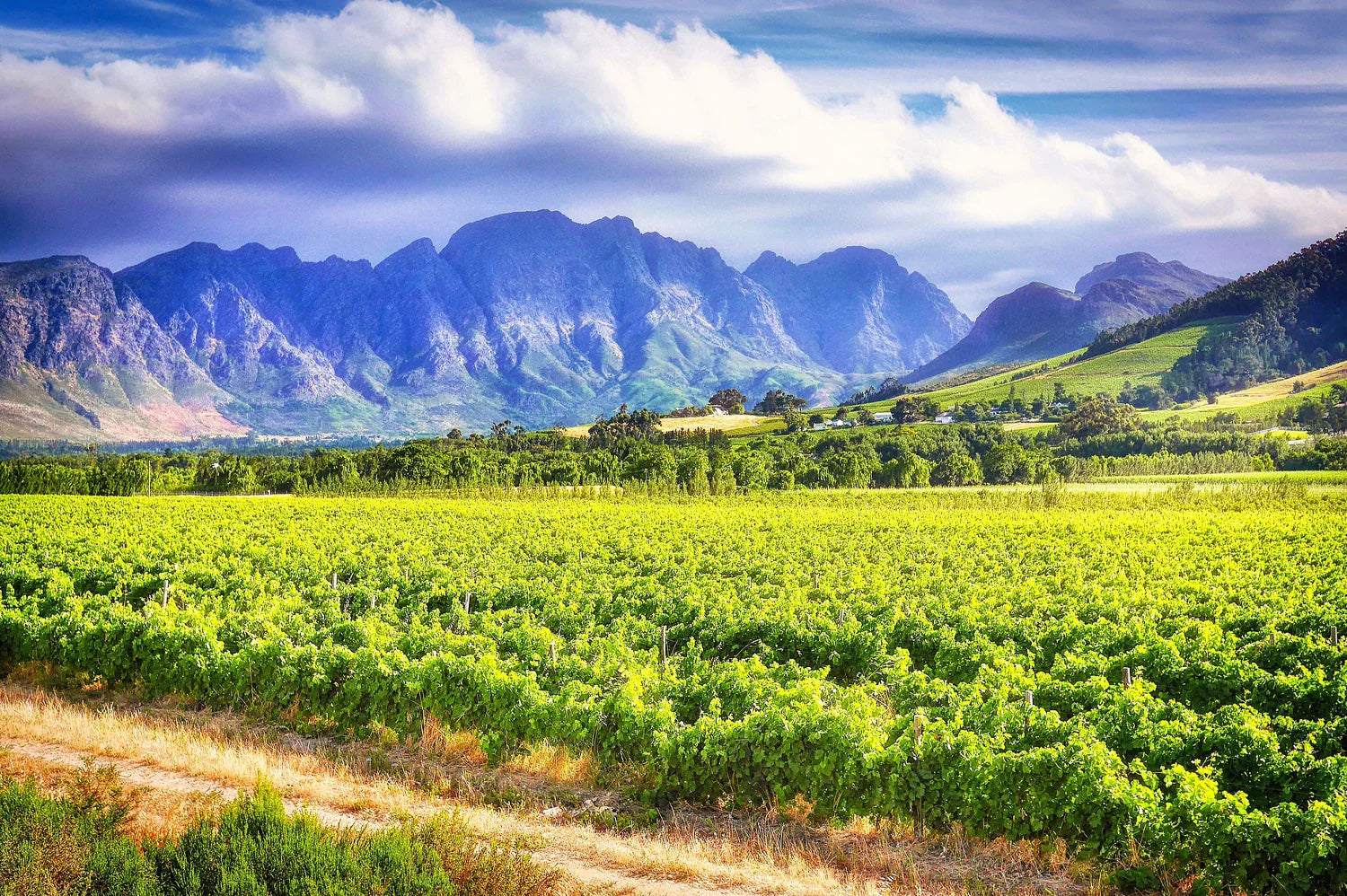
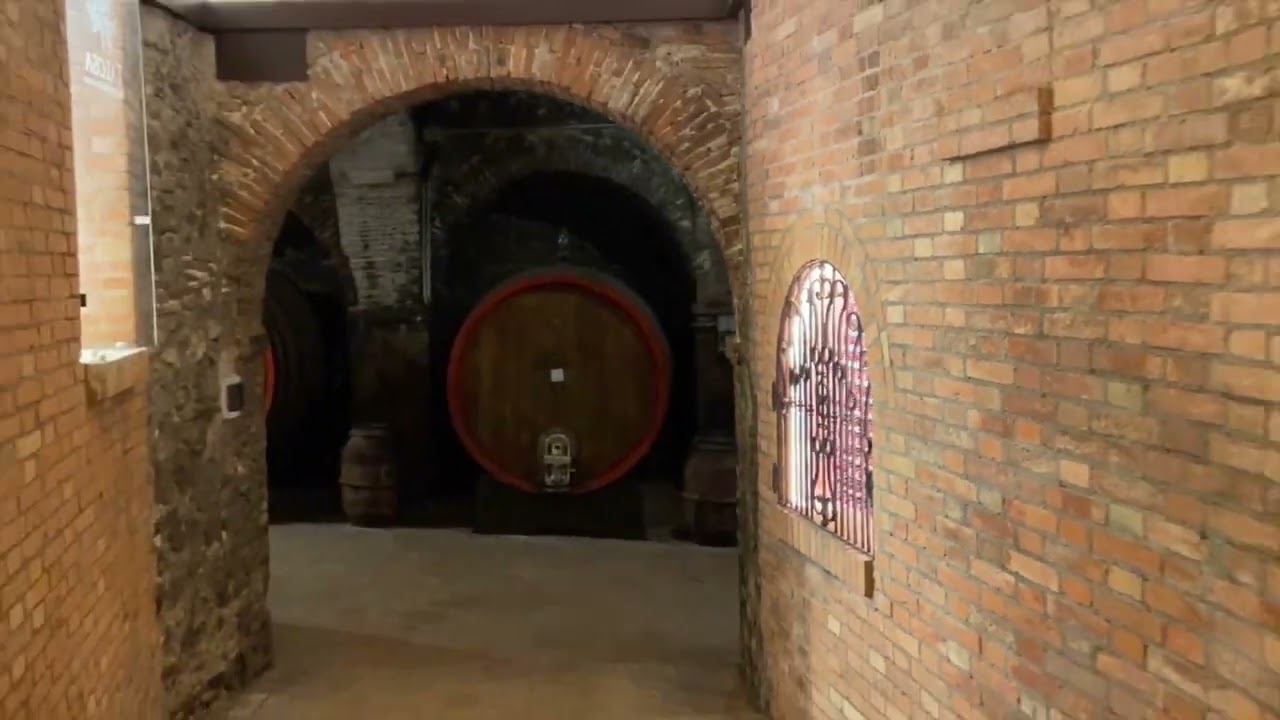
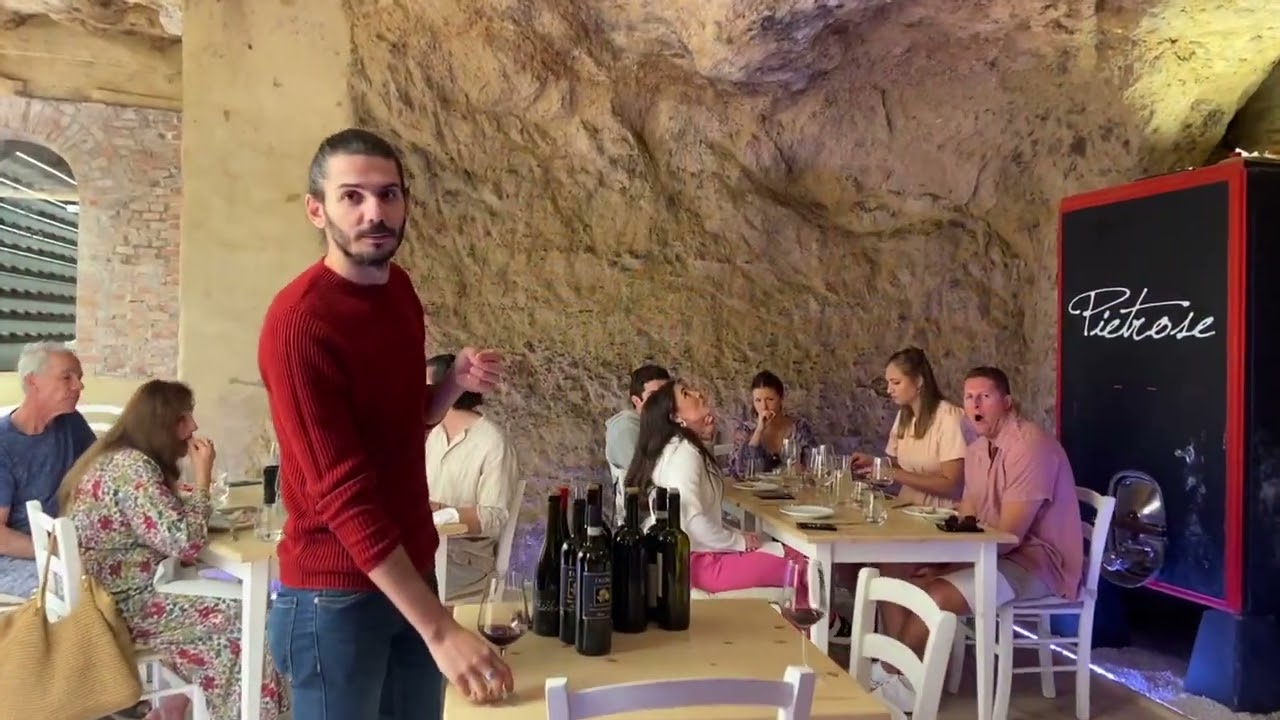
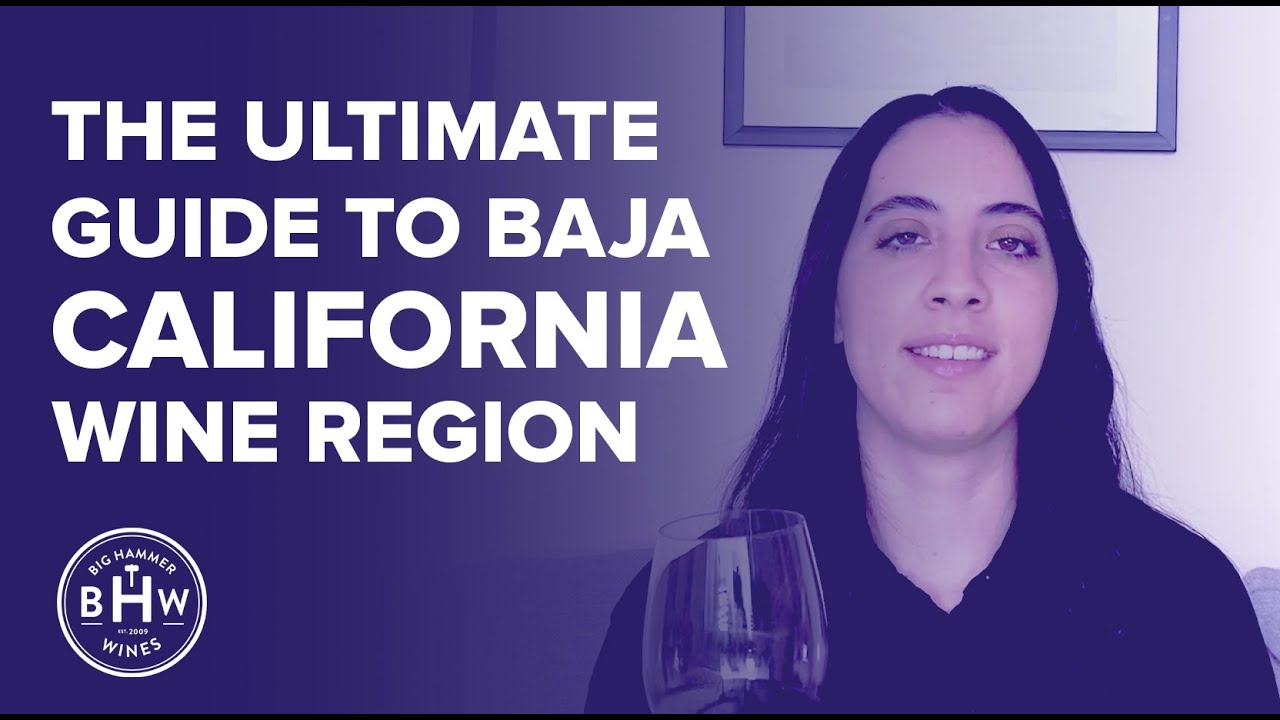



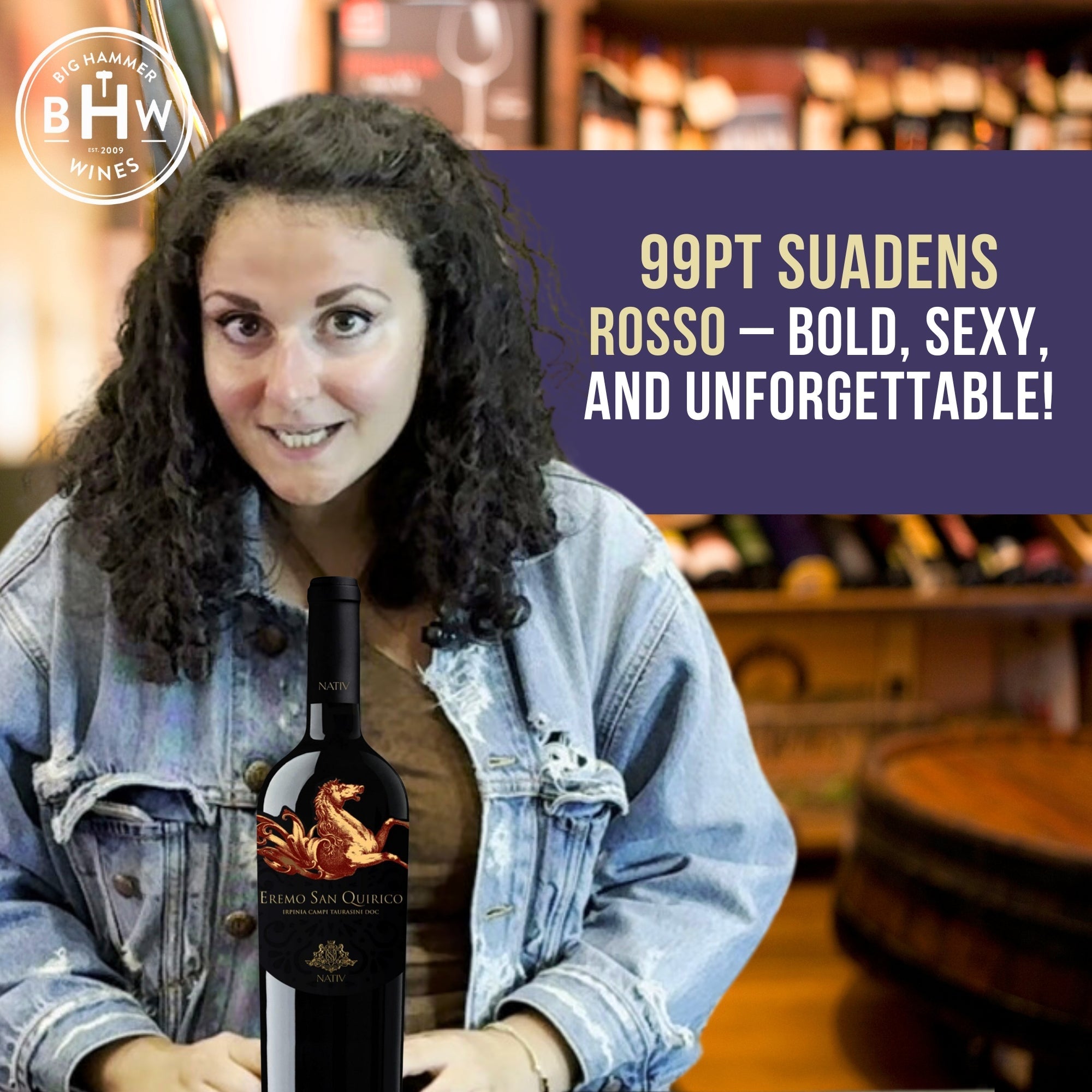
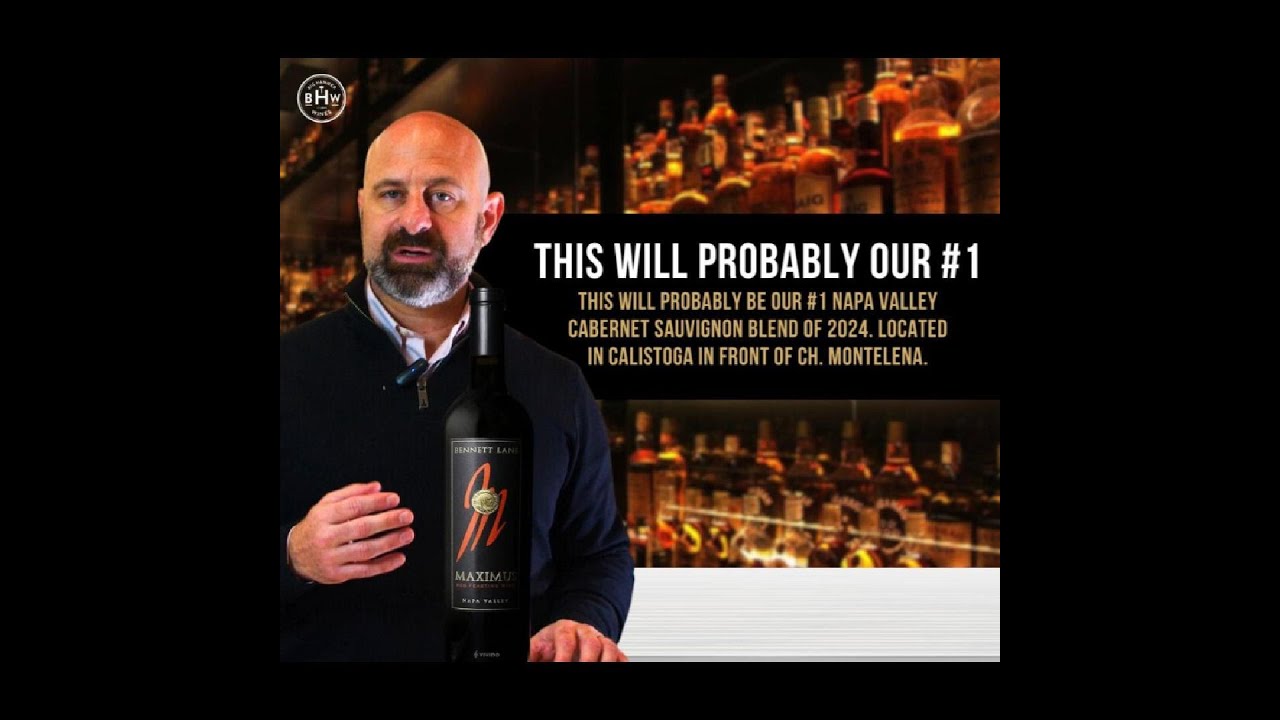

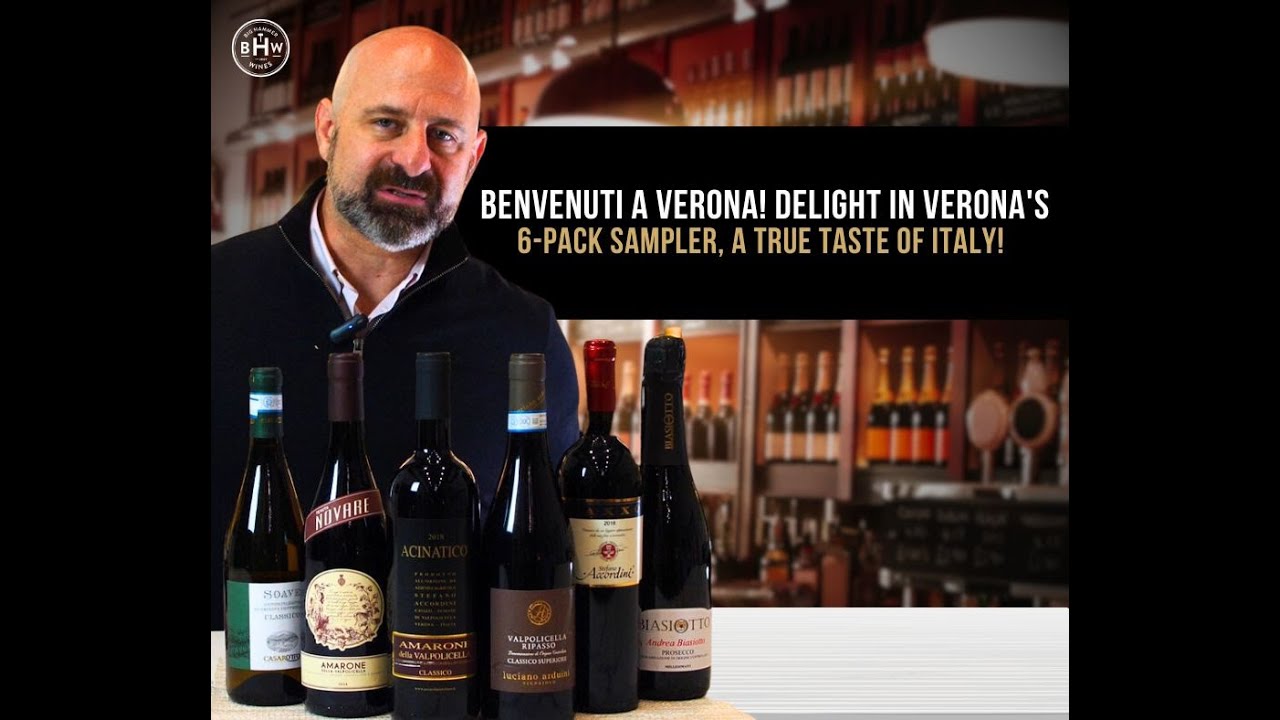
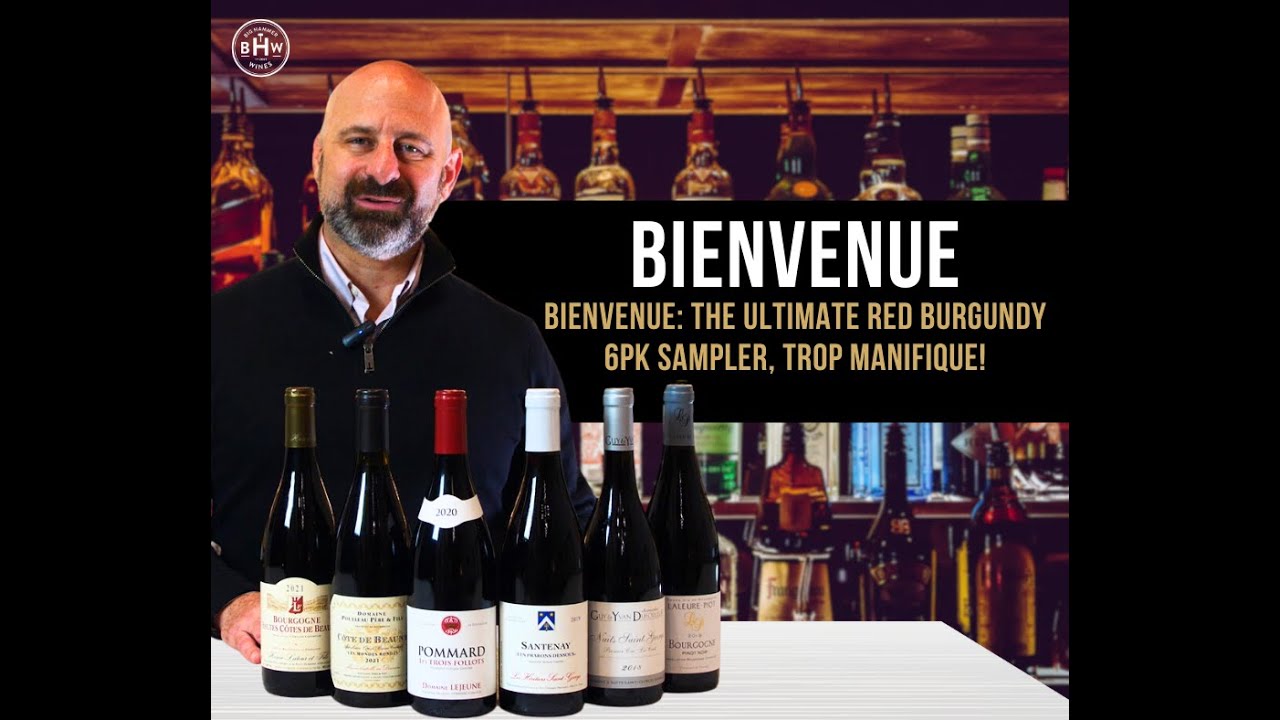
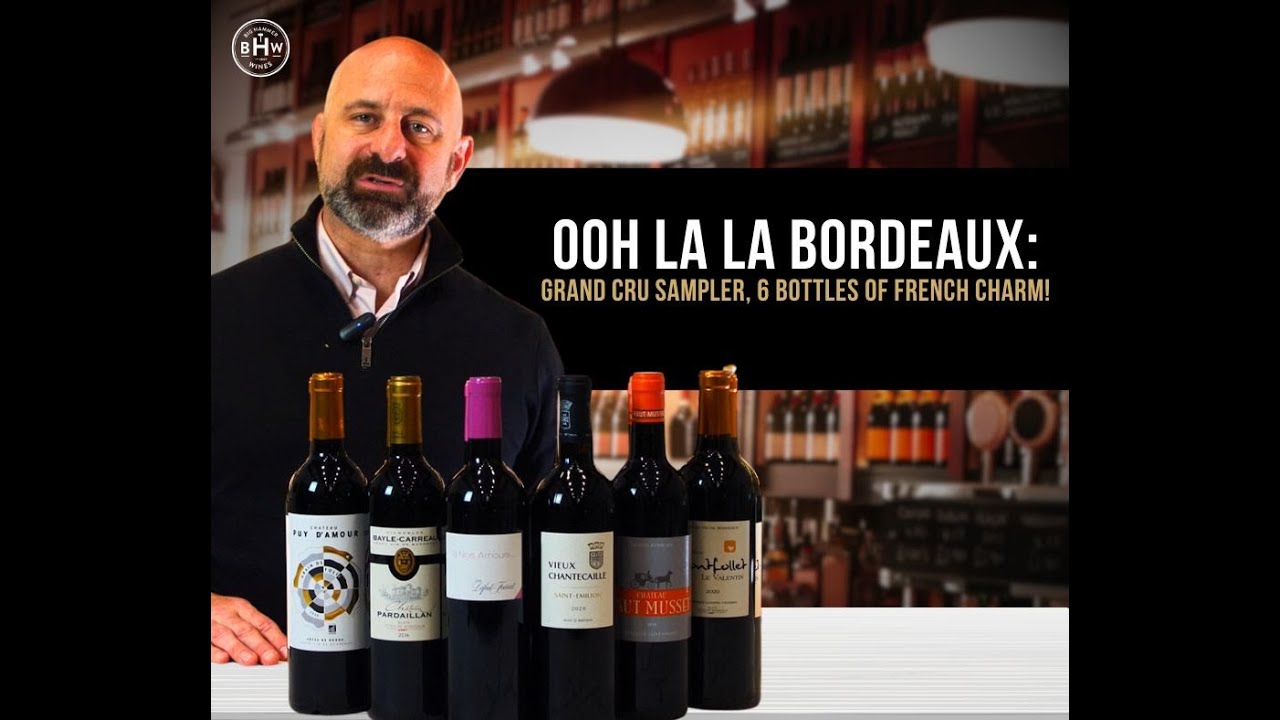

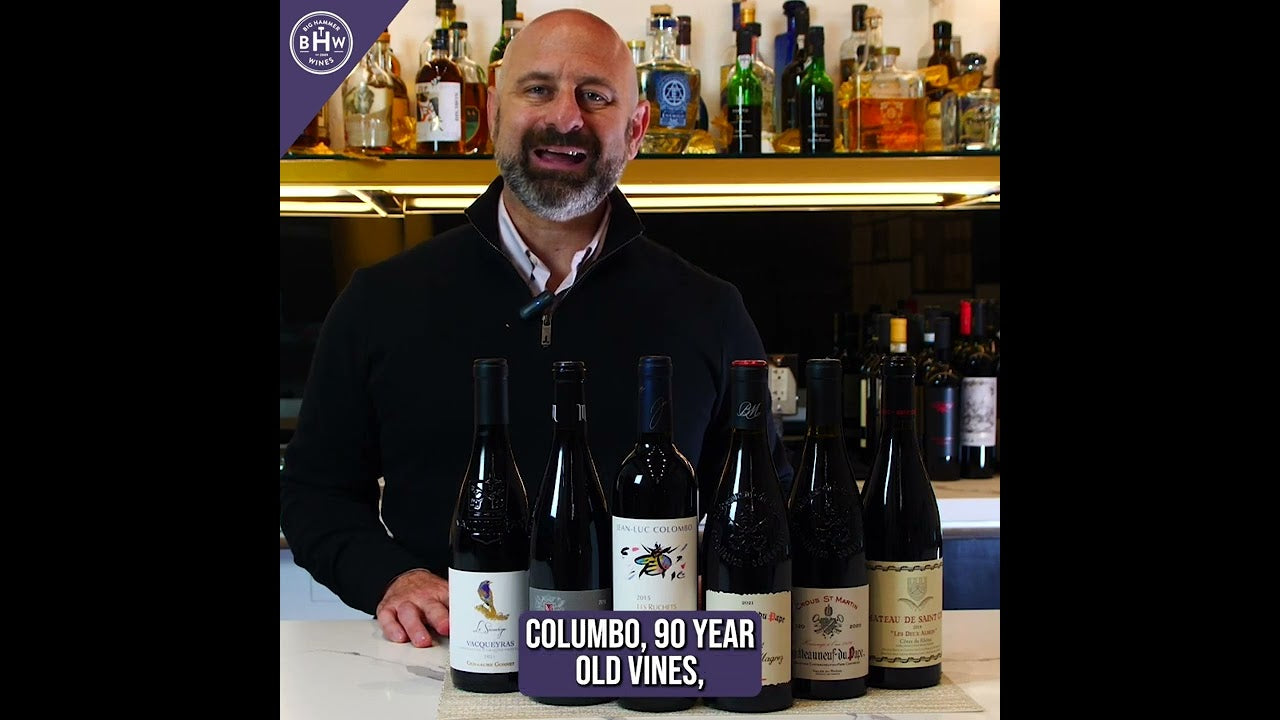

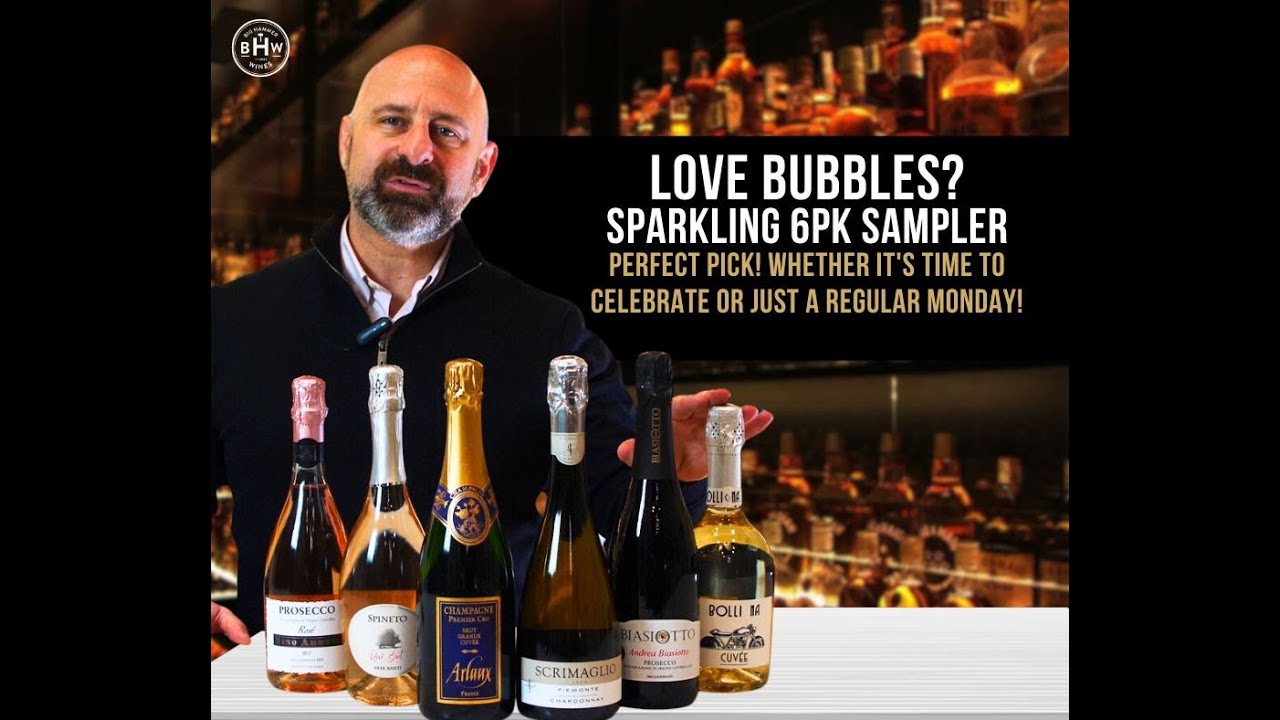
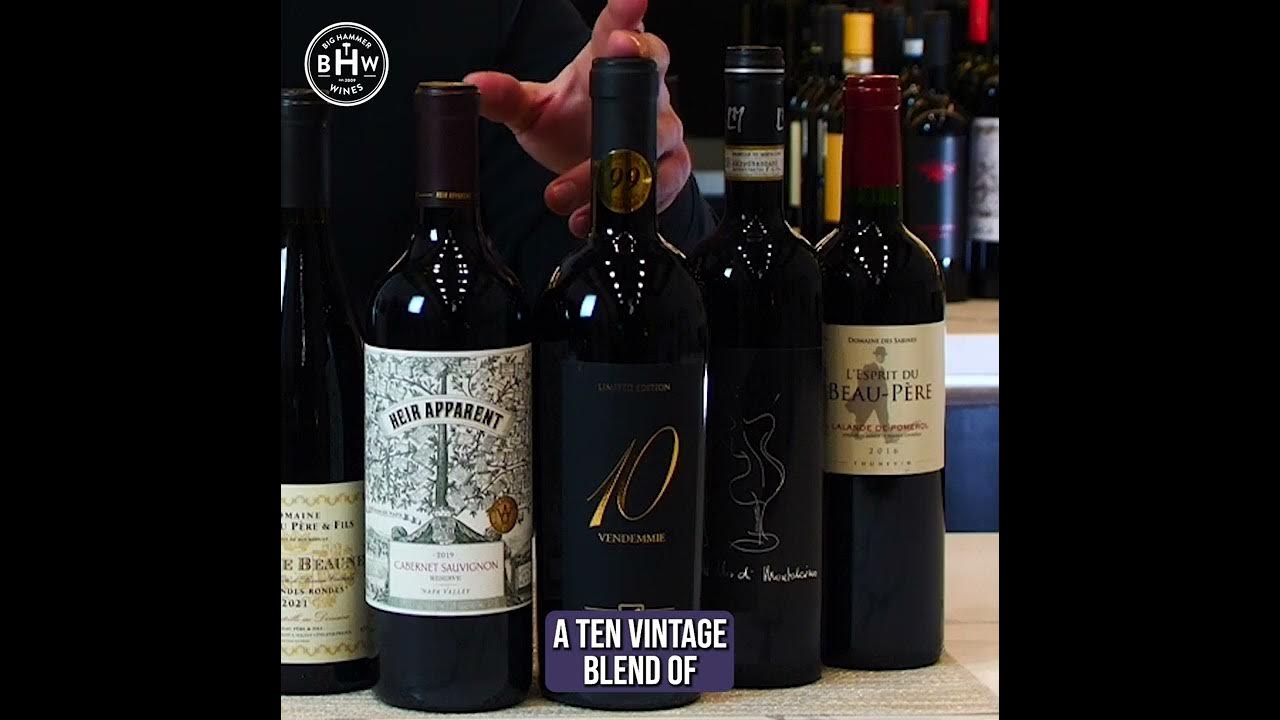
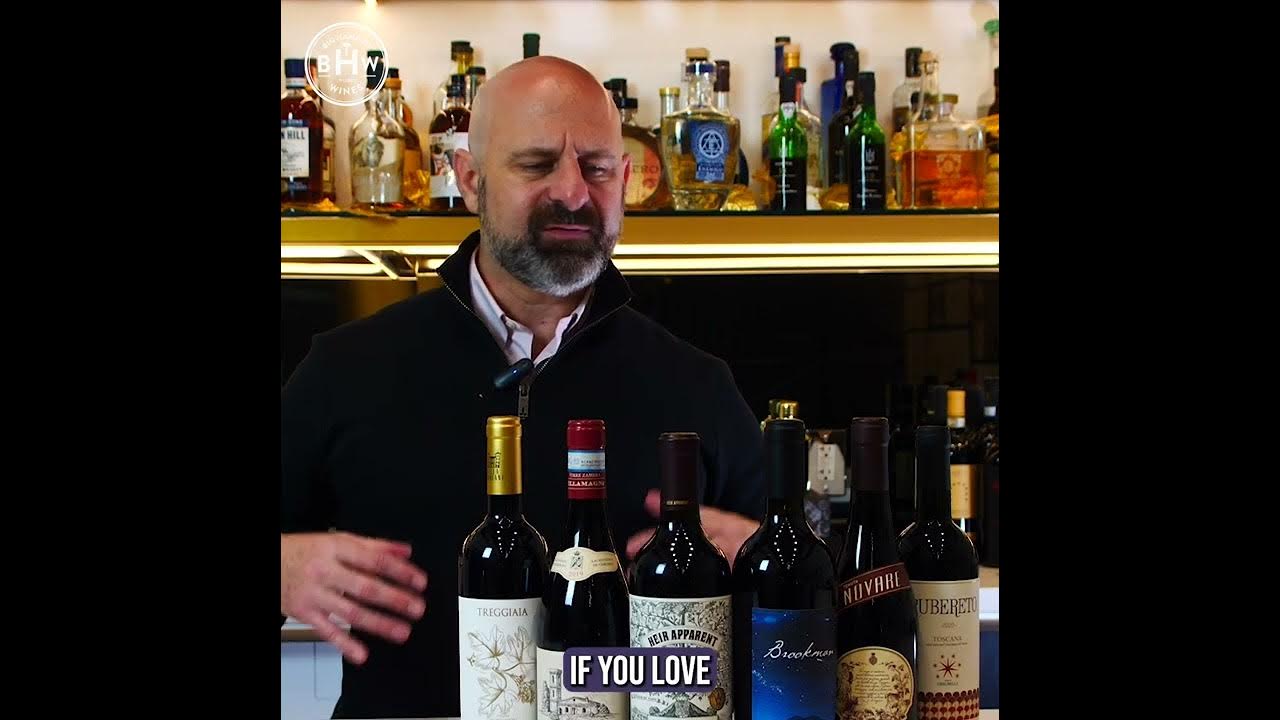
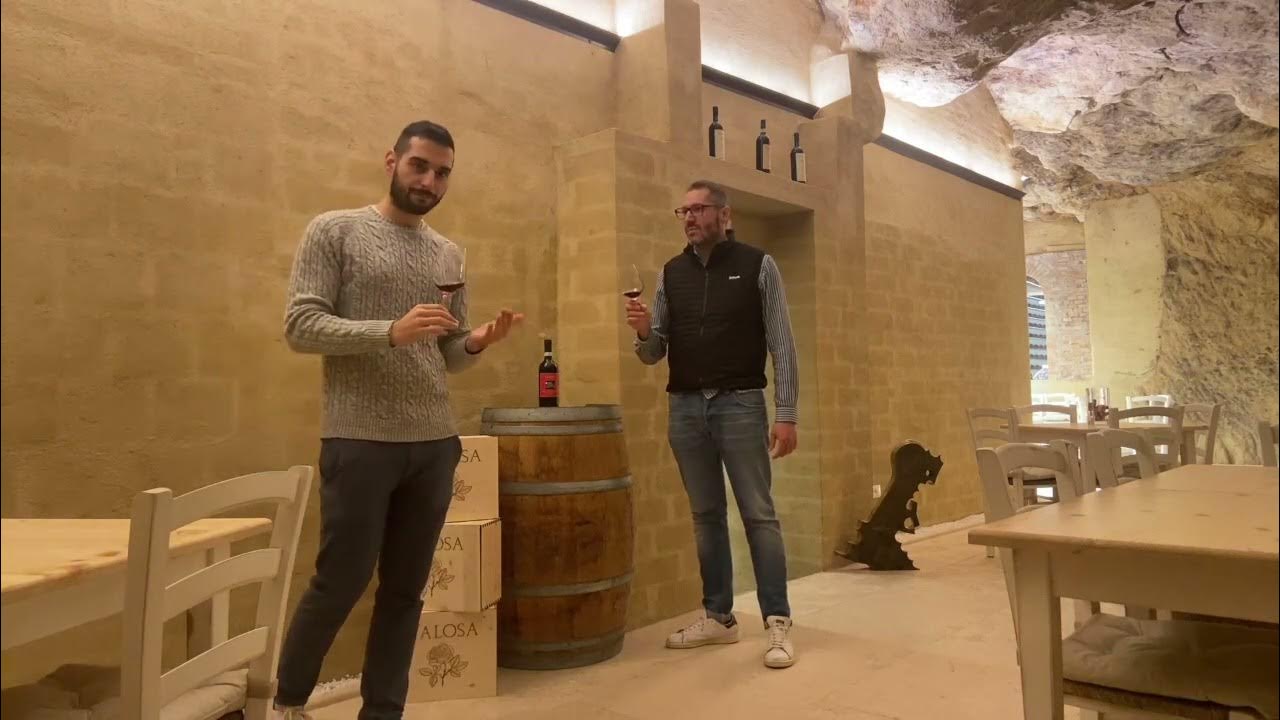
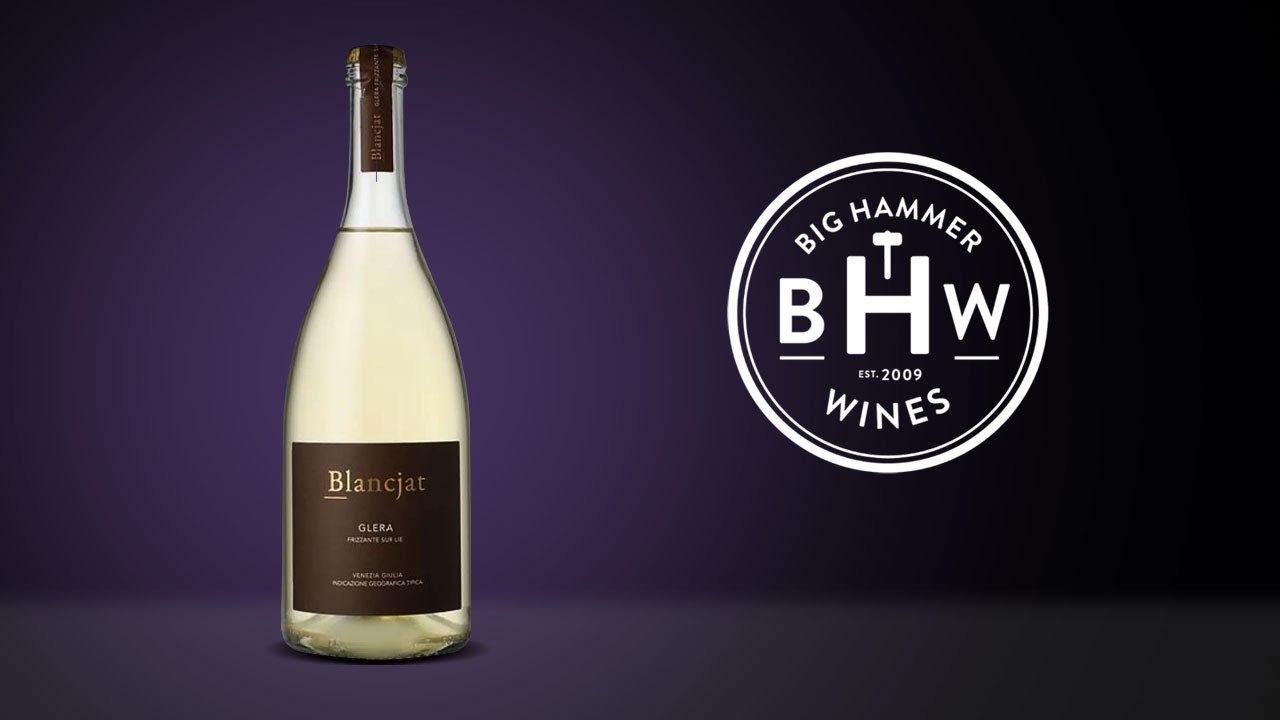
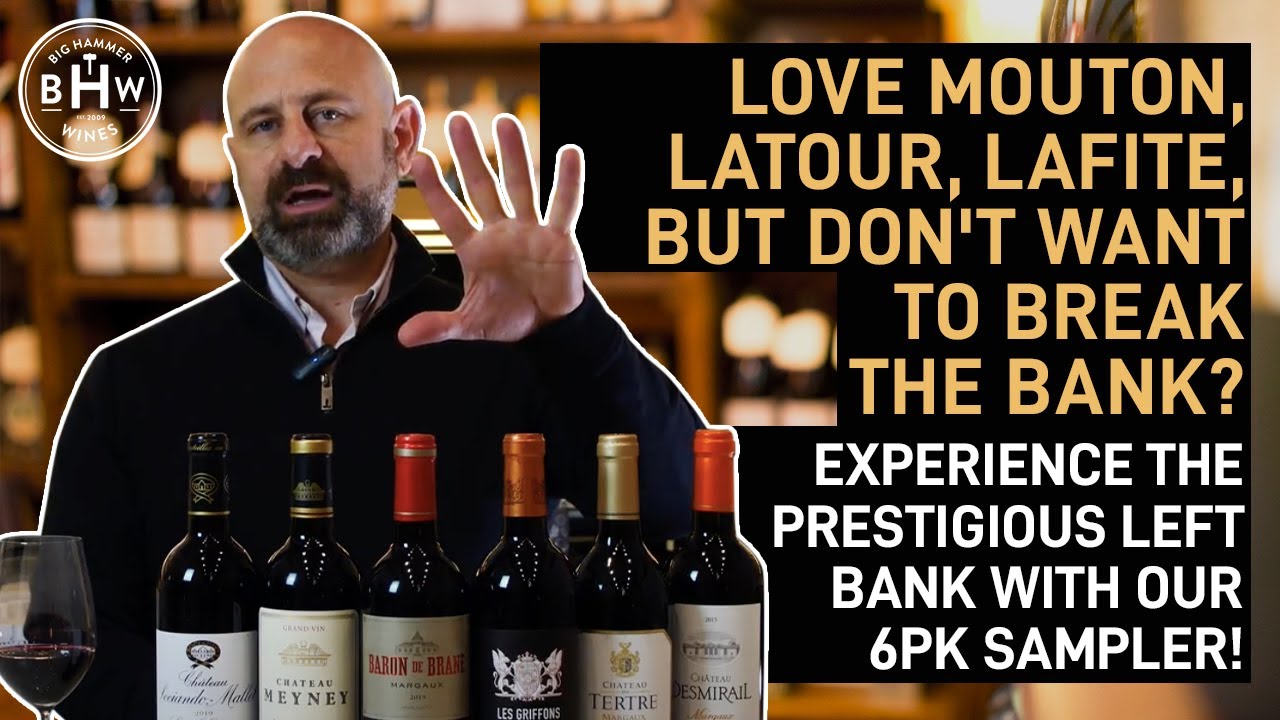
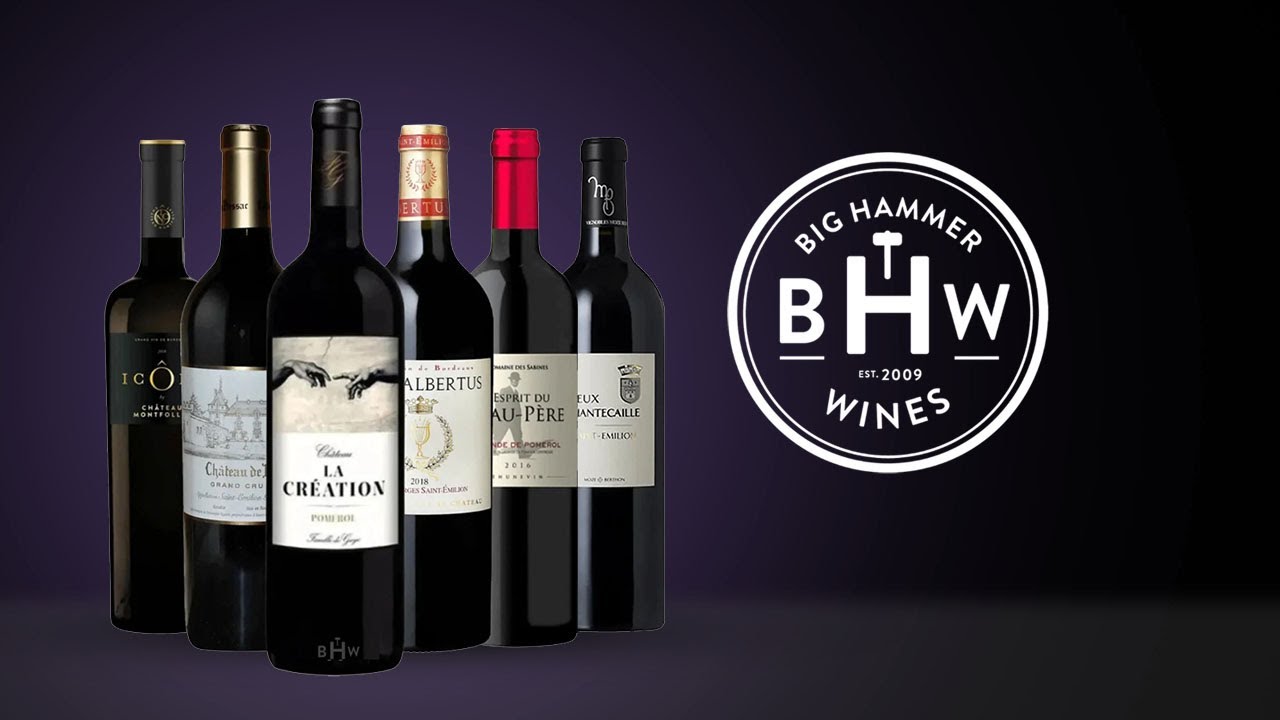
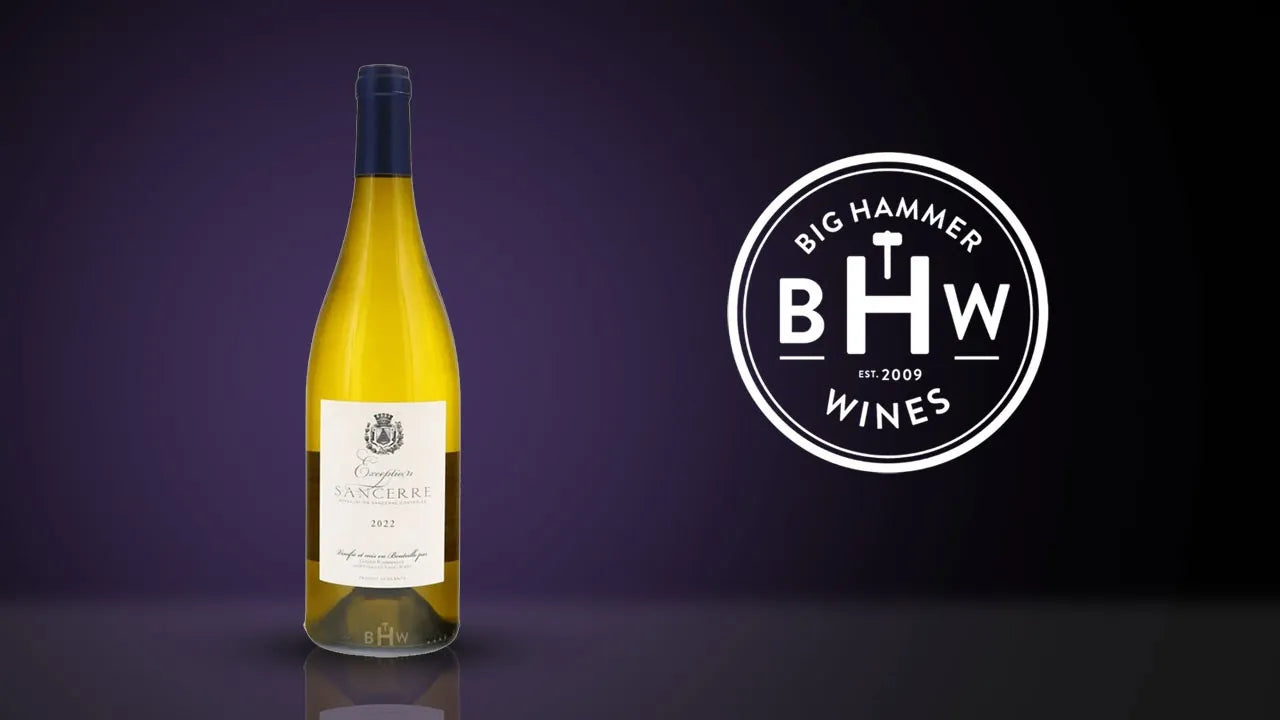

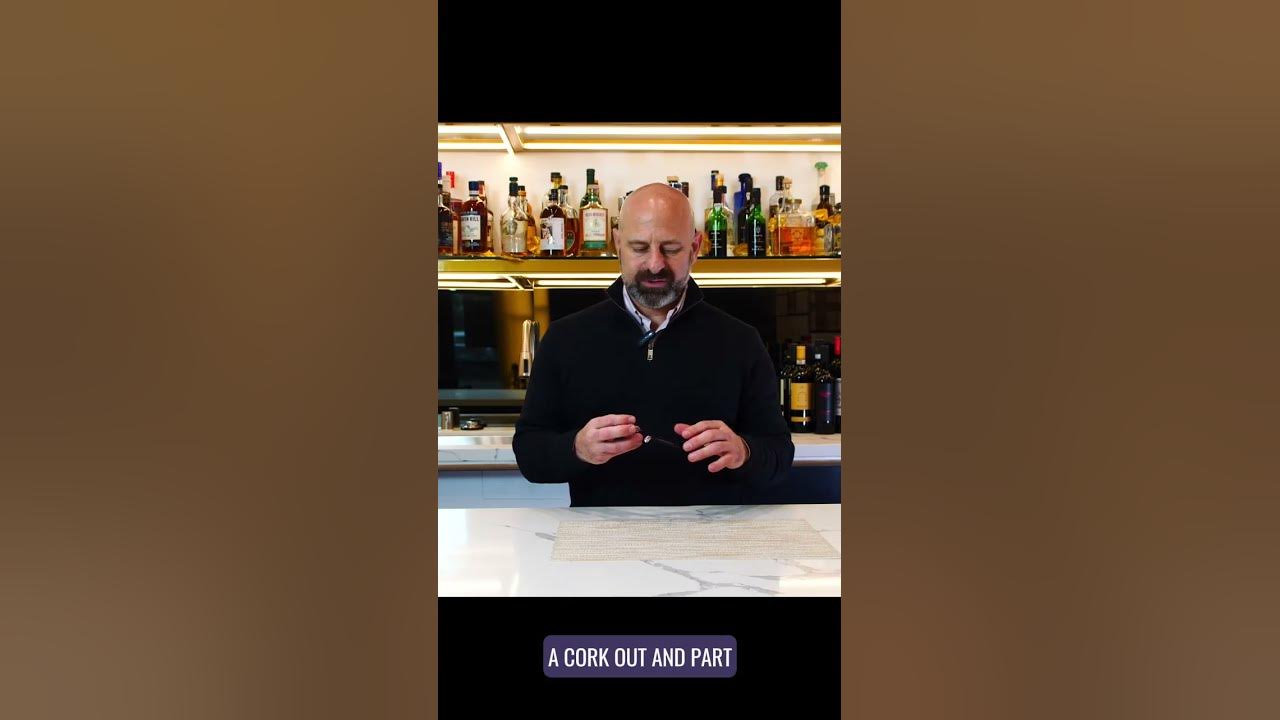
Share:
BHW Travels: How I Fell for the Wines of Campania, Southern Italy
How to Serve Wine: Tips and Etiquette
Comments Section